Exercise and cancer are not two words that are said in the same sentence anywhere near enough – but hopefully that changes soon.
Over the last couple of years we have some seen some very interesting research suggesting that integrating exercise into traditional cancer treatments may have some very positive effects on several important outcomes.
Especially quality of life and fatigue.
Quality of life during cancer treatment
The term quality of life (QOL for short) is used to evaluate the general well-being of an individual.
It is often defined as individual perception of life, values, objectives, standards, and interests in the framework of culture, and shows significant associations with measures of happiness, and emotional wellbeing, as well as both mental and physical health (Heydarnejad, 2011).
As I am sure you could imagine, cancer itself can have a serious impact on quality of life.
Depending on the stage and location of the cancer, it can cause pain, illness and discomfort. Moreover, as the cancer becomes more severe, these effects become larger – leading to a significant loss of life quality.
But what is often less discussed is the fact that cancer treatment can also have a negative impact on QOL (Sibeoni, 2018).
Many people fail to realise that the various side effects of cancer treatment can be quite severe.
As a result, they can have a significant impact on life quality.
These side effects include:
- Nausea and vomiting
- Lethargy
- Hair loss
- A loss of the sensation of taste
- Decline in self-image and sense of self-worth
- Muscle loss
While all of these are undoubtedly negative, there is one very common side effect that has an extreme impact on QOL.
That’s right, I am talking about fatigue.
Fatigue during cancer treatment
Fatigue can be described as a state of overwhelming exhaustion that is more severe and last longer than typical fatigue.
Interestingly, fatigue is such a common side effect during cancer treatment that there is even a definition used to describe ‘cancer related fatigue’- being a persistent sense of tiredness related to cancer or cancer treatment, which interferes with usual functioning.
Throughout treatment, cancer related fatigue gradually increases in severity in about 80% of patients (which is a huge). Within this, it usually peaks at the end of treatment, and persist at a high intensity well after treatment has been completed.
In fact, research has shown that fatigue levels in breast cancer patients who have received a bout of radiotherapy will not return to normal until around 7 months after the completion of treatment (Lipsett, 2017).
Related Article: Exercise Training Plan For Patients With Breast Cancer
Exercise, fatigue, and quality of life
Interestingly, there evidence demonstrating that performing exercise during cancer treatment can have a profound effect on quality of life and fatigue.
While it may sound counterintuitive, many people feel energized and motivated after performing exercise (even while undergoing such intense treatment). Consequently, exercise has been shown to reduce fatigue levels both during and after treatment has been completed.
Additionally, exercise also improves physical function and mental health, and increases sense of self-worth and self-esteem – all of which contribute to an improved quality of life.
In my mind this is one of the main benefits of exercise during cancer treatment – the fact that it can mitigate some of the worst side effects associated with treatment.
Related Article: The New Technique That May Kill Cancer
Which exercises are best during cancer treatment?
Now you might be wondering what exercises are best during cancer treatment – aerobic or strength.
And fortunately, research would indicate that it doesn’t really matter (Segal, 2017).
Both resistance training and endurance exercise have been shown to have profound effects on quality of life and measures of fatigue in people undertaking a variety of cancer treatments (including both chemotherapy and radiotherapy).
From a purely practical perspective, moderate intensity aerobic activity has been shown to boost immune system function, increase cardiovascular health, promote sensations of general wellbeing, and enhance mental health.
Conversely, strength training is known to improve functional capacity, boost self-worth, and improve metabolic health.
As a result, it would stand to reason that a combination of both exercise modalities is going to provide you with the most bang for your buck.
This means that both weight training and running during chemotherapy would be considered great choices.
How often should you be exercising during treatment?
With all this information, you might be wondering how often you should exercise during chemotherapy and other cancer treatments – and fortunately, there are clear guidelines for that.
In 2018, the Clinical Oncology Society of Australia (COSA) underwent a rigorous process to develop clear exercise recommendations for people going through cancer treatment (Cormie, 2018).
These were based off the foundational belief that ‘exercise should be embedded as part of standard practice in cancer care, and viewed as an adjunct therapy that helps counteract the adverse effects of cancer and its treatment’.
These recommendations clearly state that those undergoing cancer treatment should aim to achieve at least 150 minutes of moderate intensity aerobic exercise per week, combined with 2-3 moderate intensity resistance training sessions.
Obviously if you are undergoing cancer treatment, the intent would be to slowly build up to this amount, rather than jumping straight into it all.
Tips for exercising while going through cancer treatment
With all this information, I wanted to touch on some of the practical tips that need to be considered when discussing exercise during radiation therapy and other treatments.
Tips
- Exercise needs to be individualised: as with any good exercise program, it needs to be tailored to your individual needs and capabilities. As such, it may be in your best interest to seek professional help before getting into your program.
- Start slowly: as I mentioned above, make sure you progress slowly into your exercise program. Exercise that exceeds your current capacity may actually impair the function of your immune system, which could make you feel worse.
- Be cautious of public gyms: some cancer treatments do have a pretty significant effect on the immune system. As a result, if your immune system is downregulated it might be better to avoid public gyms for the time being (just in case).
- Pay attention to how you feel: with treatment, there are going to be days where you feel pretty good, and days where you feel terrible – so make sure you exercise accordingly. Use those days you feel great to undertake a solid strength training session, while use lighter intensity cardio on the days when you don’t feel so good.
- Focus on your diet: like treatment, exercise also takes a toll on your body. As such, it is imperative that you eat enough good quality foods to maximise your recovery. This will ensure that you only get positive effects from your new exercise regime.
- Focus on the journey: lastly, rather than focus on trying to improve your exercise performance every single week, try and focus on enjoying the process. Remember that exercise can have profound effects on your mental health – and this is enhanced when you actively try and enjoy it. This might mean joining a group exercise class to make it more social, or simply finding a type of exercise that you really love doing.
While this is far from a definitive list, I believe that they can help ensure a safe and effective transition into exercise while undergoing cancer treatment.
Related Article: Exercise Training Plan For Patients With Breast Cancer
Take Home Message
With new guidelines suggesting that exercise should be considered an important part of cancer treatment in almost every setting, it really is a no brainer. The trick comes with implementing appropriately.
Which is why we have provided some great tips in this article!
References
Heydarnejad, Mohammad Saeed, Dehkordi A. Hassanpour, and Dehkordi K. Solati. “Factors affecting quality of life in cancer patients undergoing chemotherapy.” African health sciences 11.2 (2011).
Sibeoni, Jordan, et al. “Patients’ quality of life during active cancer treatment: a qualitative study.” BMC cancer 18.1 (2018): 951.
Lipsett, Andrea, et al. “The impact of exercise during adjuvant radiotherapy for breast cancer on fatigue and quality of life: A systematic review and meta-analysis.” The breast 32 (2017): 144-155.
Segal, R., et al. “Exercise for people with cancer: a systematic review.” Current Oncology 24.4 (2017): e290.
Cormie, Prue, et al. “Clinical Oncology Society of Australia position statement on exercise in cancer care.” Medical Journal of Australia 209.4 (2018): 184-187.
You Might Like:
The Impact of Exercise During Cancer Treatment
Exercise and cancer are not two words that are said in the same sentence anywhere...Exercise Research is Underrepresented in Female Athletes
The research coming out of exercise science at the moment is some of the most...Opportunity Differences for Male and Females in Sports
Over the last 50 years we have come to the stark realization that when it...Gender differences in sport injury risk and types of injuries
As good as it is, sports are an undeniably dangerous activity. I mean, most of...Protocol for Breast Injuries in Female Athletes
The popularity of female sport has been increased at an incredible pace over the last...Cardiovascular effects of prolonged exercise
It is well established that cardiovascular exercise is one of the best ways to improve...Breast density, exercise, and breast cancer: What you need to know
Most people know that breast cancer is incredibly common – but what many people fail...What is prehab and why is it important?
If you have spent any time in the realm of health and fitness, then you...How to Live Longer: What You Need to Know
Ah, the age-old question: “how to live longer?” Something that has plagued our society since...Does CrossFit Induce Stress Urinary Incontinence?
Hunter Bennett CrossFit has fast become one of the most popular forms of exercise on...Outrunning Negative Body Image: Body Identity In Female Athletes
Hunter Bennett In the modern day, we are so caught up in appearances. Society places...The Autoimmune Athlete
Hunter Bennett Being an elite athlete poses a unique set of challenges that very few...How Hydration Affects Short Endurance Performance
Hunter Bennett Staying adequately hydrated has long been considered one of the most important aspects...Atrial Fibrillation, Exercise & Health
Hunter Bennett One of the biggest issues we modern society has to deal with is...Water and Hydration
Hunter Bennett Given that your body is approximately 60 percent water, it stands to reason...Menopause and Depression
Hunter Bennett Menopause is considered to be a time of great change. A time where...Endurance Athletes: Why Women Win In The Long Run
Hunter Bennett It is commonly thought that when it comes to athletic endeavors, men have...Alzheimer’s Disease- Could Irisin Be the Cure?
Hunter Bennett The one thing that strikes fear into the hearts of most people on...Virtual Reality Exercise
Jessica Gillespie-Friesen What if the secret to boosting your performance at the gym was simply...Do Genes Dictate Your Health?
Hunter Bennett I would put my money on the fact that the vast majority of...Blood Flow Restriction Training
Hunter Bennett Becoming fitter, stronger, and more functional is an endeavor that many of us...Generation 100: The 3 Year Follow Up
Hunter Bennett For those of you who have been with us here at Forever Fit...Marijuana & Essential Tremor: A Natural Treatment
Hunter Bennett Most people become suspicious when they hear the words ‘alternative medicine’ – however...Muscle Growth and Loss
Dayton Kelly Muscle growth may not be entirely lost following detraining: a paradigm shift in...Could a Carb Mouth Rinse Be the Next Best Performance Booster?
Evan Stevens The last thing an athlete wants is to feel like they have no...How Exercising in the Heat Affects Women on Birth Control
By Alyssa Bialowas Exercising in hot conditions is commonplace for both recreational and competitive athletes,...The Truth Behind Antioxidants & Exercise Induced Muscle Damage
Alyssa Bialowas Elite athletes are prone to injury and muscle damage, especially those who compete...Reduce Cigarette Cravings with Acute Exercise
Catherine O’Brien It is no secret that smoking is a major health hazard that significantly...Effects of Outdoor Exercise
Catherine O’Brien Why Does Exercising Outdoors Feel So Much Better? I have always been a...Exposure to Sunshine May Alter Your Metabolism
Evan Stevens When I was younger and first starting out on my nutrition journey, I...The Role of Biofeedback in VO2 Max Testing
A Review by Alyssa Bialowas There are various approaches attempting to modify cardiovascular reactivity in...Cross-Exercise: Which Training Program is Better?
A Review by Alyssa Bialowas Cross-education training is defined as a neurophysiological phenomenon where there...The Most Effective Coping Technique for Competition Performance
A Review by Alyssa Bialowas An athletes’ ability to handle their nerves and perform under...Effect of Endurance Training on Lactate Threshold
A Review by Alyssa Bialowas Tools for aerobic fitness evaluation in endurance training are used...Vigorous Exercise May Prevent Predisposed Diabetes
A Review by Alyssa Bialowas The kidneys are an essential organ that have many functions,...The Trick Stress Plays on Your Metabolism
Gillian White – BSc, MSc., PhD Candidate A sheep in wolf’s clothing: The mean trick stress...The Elevation Training Mask – A Competitive Advantage
A Review by Alyssa Bialowas Elite and well-trained athletes search for the competitive edge in...Can Head Cooling Increase Aerobic Performance In The Heat?
A Review by Alyssa Bialowas Thermoregulation and managing heat stress is critical for aerobic and...10 Ways To Boost Your Immunity
Dayton Kelly The following was adapted from a combination of speeches given at the European...Vestibular Migraines: Could Exercise Be The Answer?
Catherine O’Brien My last article highlighted the inverse relationship between headaches and VO2 max levels...The Effects Of Altitude Training On Competitive Swimmers
A Review by Alyssa Bialowas Hypoxic training, also known as altitude training (training at heights...Are Thermogenic Dietary Supplements Safe & Effective For Resistance Training?
A Review by Alyssa Bialowas Thermogenic dietary supplements are multi-ingredient sports supplements designed to improve...Don’t Resist Resistance Training
Alyssa Bialowas Introduction The strength and thickness ratio of shoulder stabilizing muscles is essential to...Do Children Perform Better In Sports Based On Coach’s Gender?
Alyssa Bialowas Introduction Coaching is a structured practice of development that helps another individual...Are You At Risk For Skin Infection?
Alyssa Bialowas It is challenging to stay healthy in the wintertime; gyms and community centers...Plyometric Vs Skills-Based Conditioning For Volleyball Players: How Each Stacks Up
Alyssa Bialowas There is a lack of studies on the effectiveness of plyometric training on...High Volume Training Affects Immune System In Endurance Athletes
Alyssa Bialowas Exercising regularly and moderately improves your overall health, which is said to help...Autoimmune Illnesses: How To Move When Your Immune System Has Gone Rogue
Gillian White, MSc, Ph.D. (Candidate), University of Toronto, Graduate Department of Exercise Sciences Autoimmune disorders...Holidays Are Not The Only Contributor | 3 Ways To Avoid Annual Weight Gain
Katie Rose Hejtmanek, PhD Anthropologist CrossFit Level 1 Trainer It is that time of year...Clash of The Titans – Intervals vs Endurance (Part 1)
Evan Stevens At Fast Twitch Grandma we’ve done a lot of research into High Intensity...Smells Like Teen Spirit: The Ever-Changing Adolescent Brain
Julia C. Basso, PhD When I look back on my teenage years, I don’t remember...Sense & Movement – A Surprisingly Unique Phenomenon
Julia C. Basso, PhD Reporting from the 2017 Annual Society for Neuroscience Meeting The ability...Competitive-anxiety & Its Effect On Heart Rate In Swimmers
By Alyssa Bialowas Competition has always been a natural driver in sport. Many athletes face...Roller Skiing Predicts Youth Cross-Country Skiing Performance
Alyssa Bialowas Cross-country skiing has gained popularity as one of the most well-loved winter sports....Calculate Your Sweat Rate
Moji Kaviani, Ph.D., CEP How to calculate your own Sweat Rate? Check your weight in...Concurrent Training & Its Effect on Muscle & Strength Gains
Alyssa Bialowas Concurrent training is the combination of cardiovascular and resistance training workouts in the...Children & Relative Age Effect
Alyssa Bialowas Relative Age Effect is the bias that athletes at the top level of...Is Skiing An Effective Alternative To Indoor Cycling?
Alyssa Bialowas As the days start getting shorter and colder, physical inactivity becomes the new...A Taste Of Sugary Drinks May Improve Athletic Performance
Dayton Kelly SUMMARY: High carbohydrate drinks improve short term performance (<1 hour) when swished in...A Short Workout Might Be All You Need
by Fiona Callender and Sara Thompson Wheels up and full of excitement, Sara Thompson and...Boost Creativity With Meditation
Catherine O’Brien What is meditation? According to the National Center for Complementary and Alternative Medicine,...A Natural Alternative To Pain Killers
Julia C. Basso, PhD Pain is a complicated clinical issue, mostly because pain is a...Alternative Therapy For Parkinson’s Disease
Catherine O’Brien The Problem Parkinson’s Disease is a progressive neurodegenerative disorder characterized by impairments in...Isometric Exercise and Alzheimer’s Disease
Catherine O’Brien Alzheimer’s Disease is the leading cause of dementia and currently affects an estimated...Cycling Desks: Good For Your Body & Your Brain
Catherine O’Brien The Problem: “Sitting is the new smoking”. This is a phrase that I...Kids Need To Move To Improve – Ebook
Catherine O’Brien Forever Fit Science’s “Kids Need To Move TO Improve – Ebook” is written...Does Physical Activity Help Children With Autism? – Ebook
Autism Spectrum Disorder (ASD) is typically diagnosed in toddlers. The disorder is characterized by various...Headaches and VO2 max
Catherine O’Brien Headaches are a prominent health concern with 1 out of every 7 Americans...Effects Of Outdoor Activity On Children With Autism
Catherine O’Brien In previous articles, I have discussed the role of exercise in reducing stereotypical...How Sweat Helps You Keep Your Cool
Gillian White BSc, MSc, PhD Candidate Department of Exercise Sciences, University of Toronto How...Low Intensity, Short Workouts Benefit Individuals With ASD
Catherine O’Brien Autism Spectrum Disorder (ASD) is typically diagnosed in toddlers. As discussed in my...Building An Autism Friendly Workout Plan
Catherine O’Brien Autism spectrum disorder (ASD) refers to a group of developmental disorders that vary...Kids Need To Move To Improve
Catherine O’Brien In my previous article, Study Shows Active Children Are Better At Math, I discussed...Study Shows Active Children Are Better At Math
Catherine O’Brien We know that aerobic exercise has positive effects on brain health and cognition....Beat Pre-Race Nerves With L-Tyrosine
Dayton Kelly This article was adapted from a combination of speeches given at the European...Back Pain? The Germans May Have Found A Cure
Dayton Kelly This article was adapted from a combination of speeches given at the European...Do Genetics Give You A Competitive Advantage?
Dayton Kelly Born to be fast? The role of genetics in VO2 max. This article...Will Exercise Help Prevent Parkinson’s Disease?
Julia Basso, PhD Affiliation: New York University, Center for Neural Science Parkinson’s disease is a...American College Sports Medicine Conference – Ebook Edition
Julia Basso – PhD American College Sports Medicine Conference – Ebook Edition Over 6000 sports...Impact Of Competitive Sports On Female Athletes
Julia Basso – PhD Fitness athletes- the healthy body image idea: how are they doing?...Day 4 of the American College of Sports Medicine Conference – 2017
Join the #IMove-MENT Julia Basso – PhD ACSM/SBM Co-Sponsored Symposium: Exercise as an Integrative Approach...Day 2 of the American College of Sports Medicine Conference – 2017
Impacts of Exercise, the Gut Microbiome/Metabolome and Immunity on the Brain Julia Basso – PhD...Day 3 of the American College of Sports Medicine Conference – 2017
Neurobiological Effects of Physical Activity Julia Basso – PhD Exercise and neurodegeneration; potential therapeutic role...Day 5 of the American College of Sports Medicine Conference – 2017
Female Elite Athletes: The Impact of Participation in Competitive Sports Julia Basso – PhD Fitness...Day 1 of the American College Sports Medicine Conference – 2017
Exercise is Medicine for Mental Illness: Developing Feasible and Effective Interventions for Real-world Clinical Settings...Exercise and the Autonomic Nervous System
Julia C. Basso, PhD The autonomic nervous system (ANS) is a part of our peripheral...Wii-Fit Can Improve Balance And Confidence In Older Adults
By Sara Thompson, M.Sc. in Exercise Science Aging adults are more prone to falling, leading...Improve Fitness To Lengthen Healthspan
By Sara Thompson, M.Sc. in Exercise Science Neural specificity is how well the brain can...Stand Up Paddle Boarding Physical And Mental Benefits
Sara Thompson – M.Sc. in Exercise Science With summer on its way, it’s time to...25 Minutes Of Exercise Can Improve Knowledge
Sara Thompson – M.Sc. in Exercise Science In my previous article, I discussed the use...A Poor Diet Impairs Memory, But Exercise May Help
Julia C. Basso, PhD Obesity is a worldwide epidemic. Since 1980, obesity rates have nearly...Resistance Training For Parkinson’s Disease
Sara Thompson – M.Sc. in Exercise Science Parkinson’s disease (PD) is second only to Alzheimer’s...High-Intensity Exercise with Rheumatoid Arthritis
Gillian White – MSc, PhD (C), University of Toronto, Department of Exercise Sciences As I...Parkinson’s Disease & Cycling Benefits
Catherine O’Brien Parkinson’s Disease (PD) is a disease of the nervous system that is characterized...New Exercise Recommendations For Osteoporosis
Sara Thompson – M.Sc. in Exercise Science Osteoporosis is characterized by low bone mineral density,...15 Minutes Of Soccer Can Improve Bone Health
Sara Thompson – M.Sc. in Exercise Science In my last article I discussed the novel...Breaking Records and Barriers: Robert Marchand
Sara Thompson – M.Sc. in Exercise Science Earlier this year, Robert Marchand made history by...Ankle Sprains Start In The Hip
Ryan Cross – B.A. Hons (Kin), MScPT, FCAMPT Registered Physiotherapist at CBI Physiotherapy and Rehabilitation Centre...Recipe For Setting And Achieving Goals
Catherine O’Brien Control, Competence and Connectedness Many people enter the new year with fitness and...Aerobic Exercise – A Treatment For Schizophrenia
Catherine O’Brien Schizophrenia is a severe and chronic mental disorder that impacts perception, cognition, emotional...Improve Performance With Mobility Training
Lauren Rubadeau There are several factors in our modern lifestyles that can affect our physical...Increase Your Immune System Through Exercise
Julia Basso – PhD The immune system is a complicated network of cells, including T...Improve Muscle Function: Osteocalcin
Julia Basso – PhD As we age, cognitive decline is a problem that many of...Is it as Simple as a Walk in the Park?
Gillian White , BSc, MSc, PhD (candidate) Department of Exercise Sciences, University of Toronto Is...Cost of Getting Lean: Is it Worth the Trade-offs
Evan Stevens Based on a talk by Dr. John Berardi at Take Control of Your...Exercise and Alzheimer’s Disease
Julia Basso , PhD Affiliation: New York University, Center for Neural Science As we age,...Can exercise really prevent cancer?
Gillian White – BSc, MSc. PhD (C) Faculty of Kinesiology and Physical Education, University of...The Science of Speed
Evan Stevens Faster than a speeding bullet – how fast can we go? In 1900...A New Prescription For Health: Interval Walking
by Sara Thompson and Fiona Callender We extended our visit in Copenhagen to visit Professor...Can Resistance Training Build Brain and Brawn?
Contributed by Fiona Callender, Research Assistant, University of Toronto In Gillian White’s most recent FTG article...A 360 Look at How Exercise Affects Brain Function
Contributed by Gillian White, PhD candidate, Faculty of Kinesiology and Physical Education, Human Physiology Research...Muscle Strength and it’s Relationship to Bone Health
Contributed by Sarah L West, PhD, Post-doctoral Research Fellow, The Hospital for Sick Children and...The post The Impact of Exercise During Cancer Treatment appeared first on ForeverFitScience.
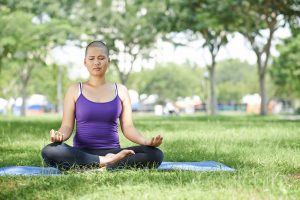
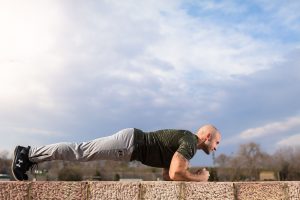

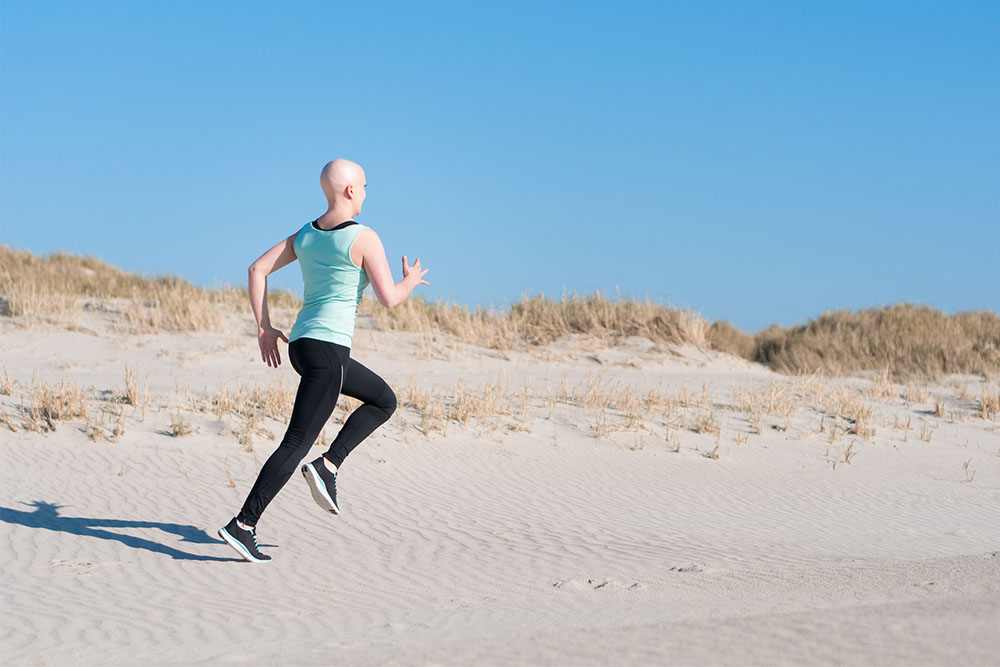






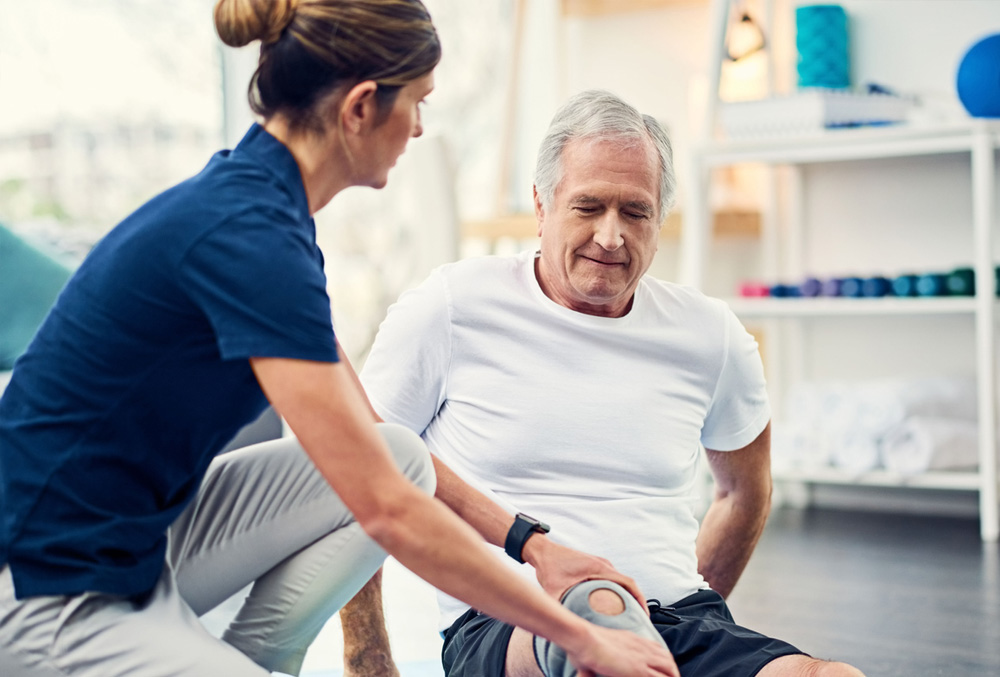

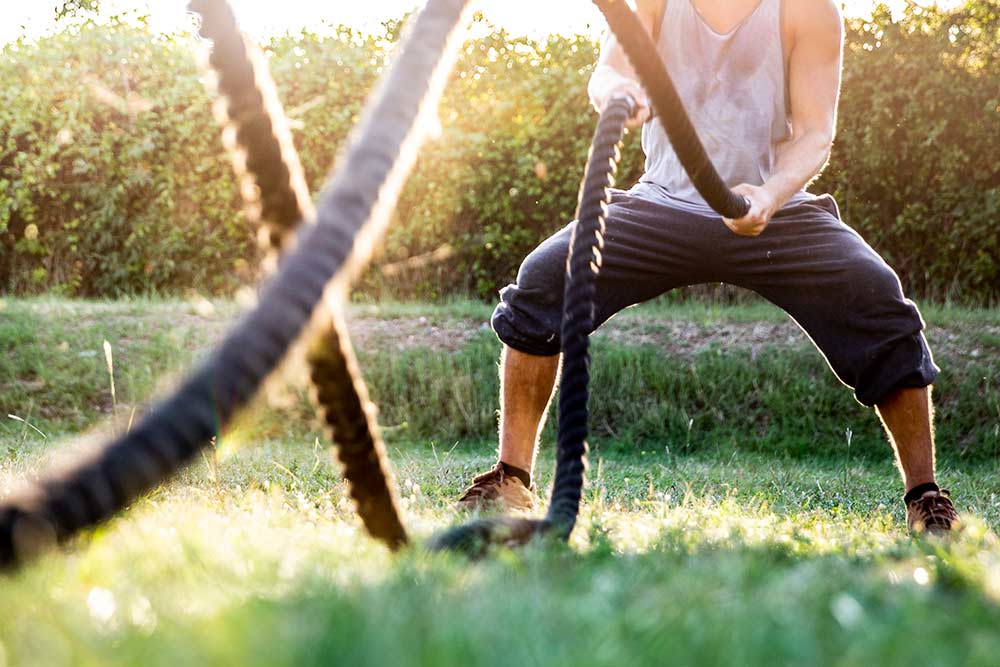
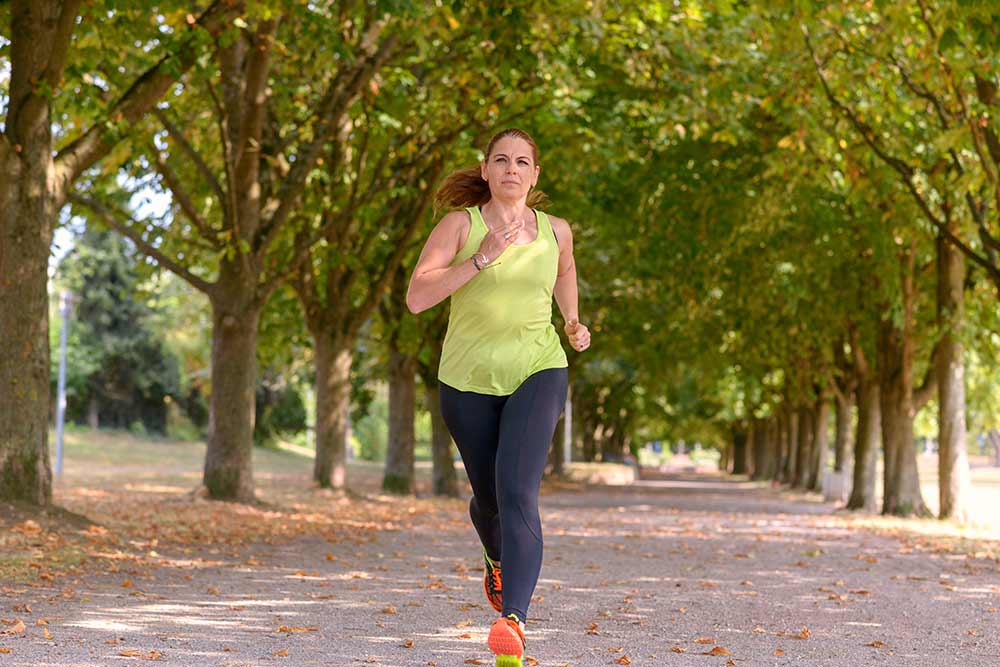


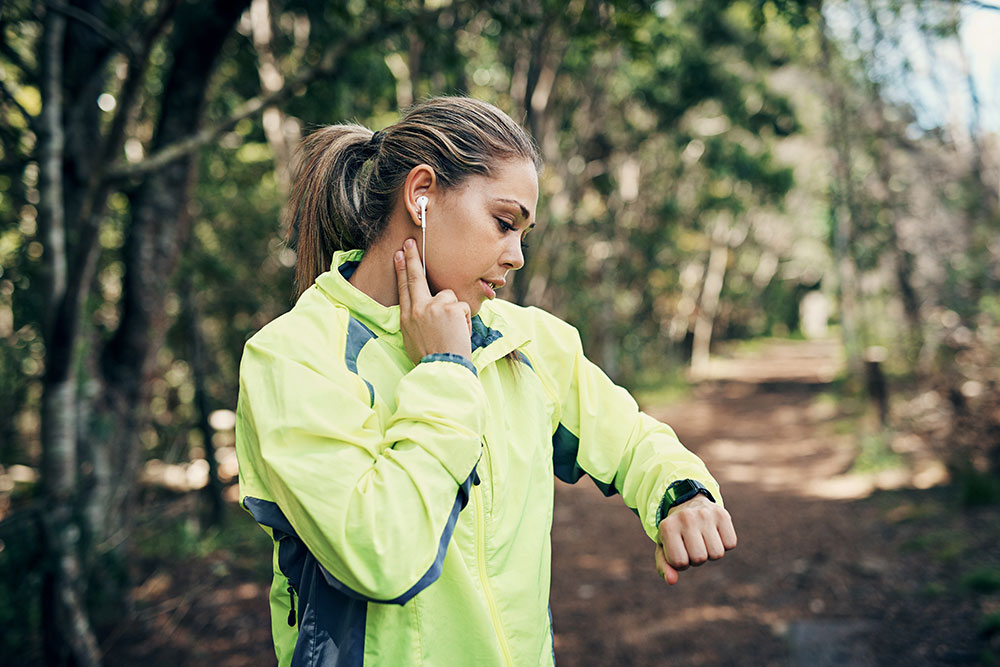
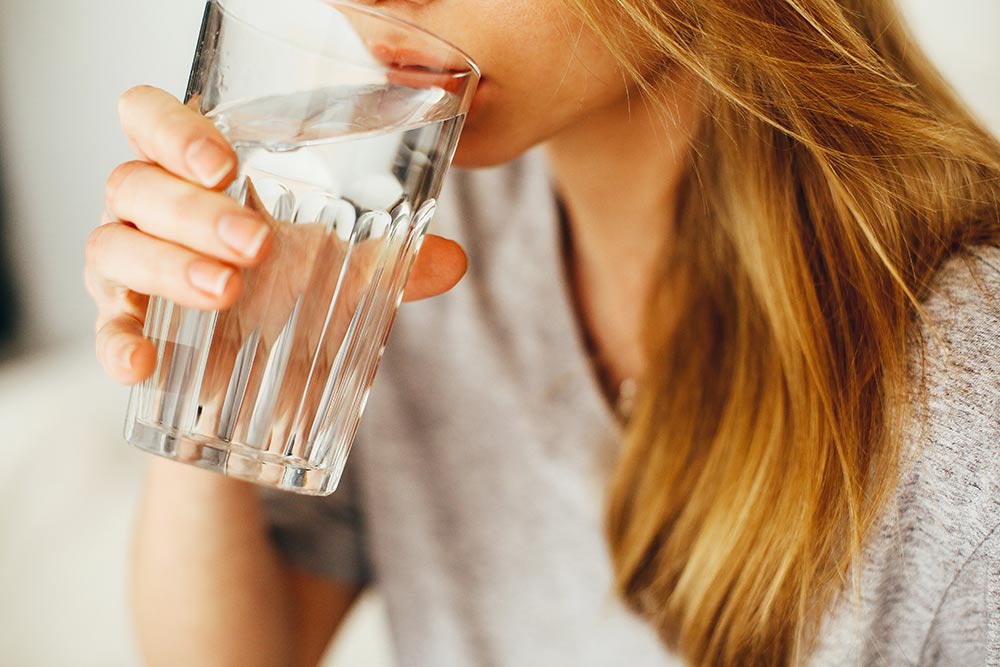
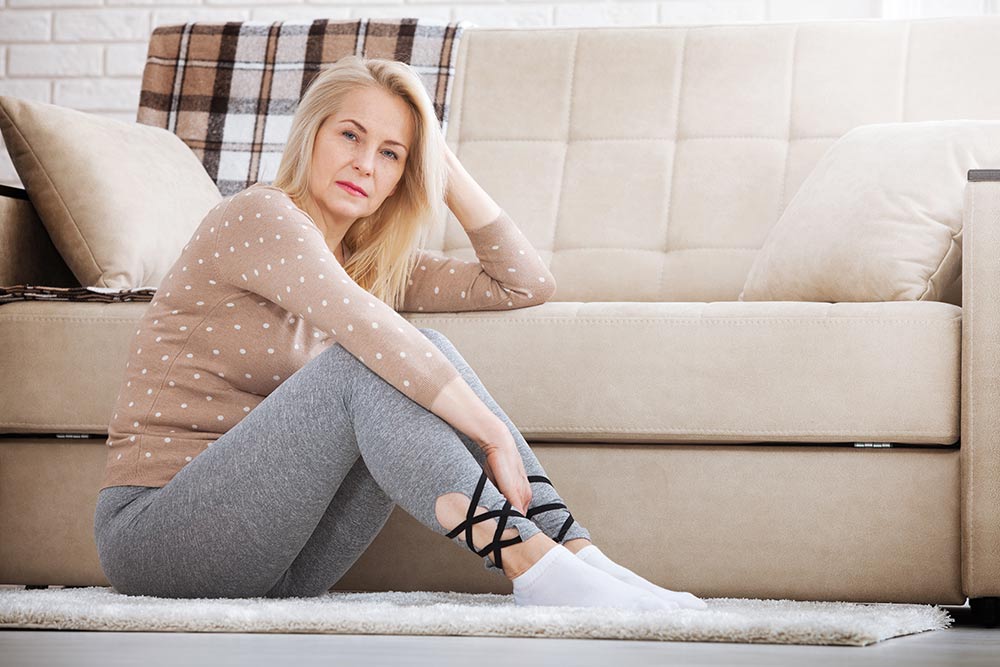

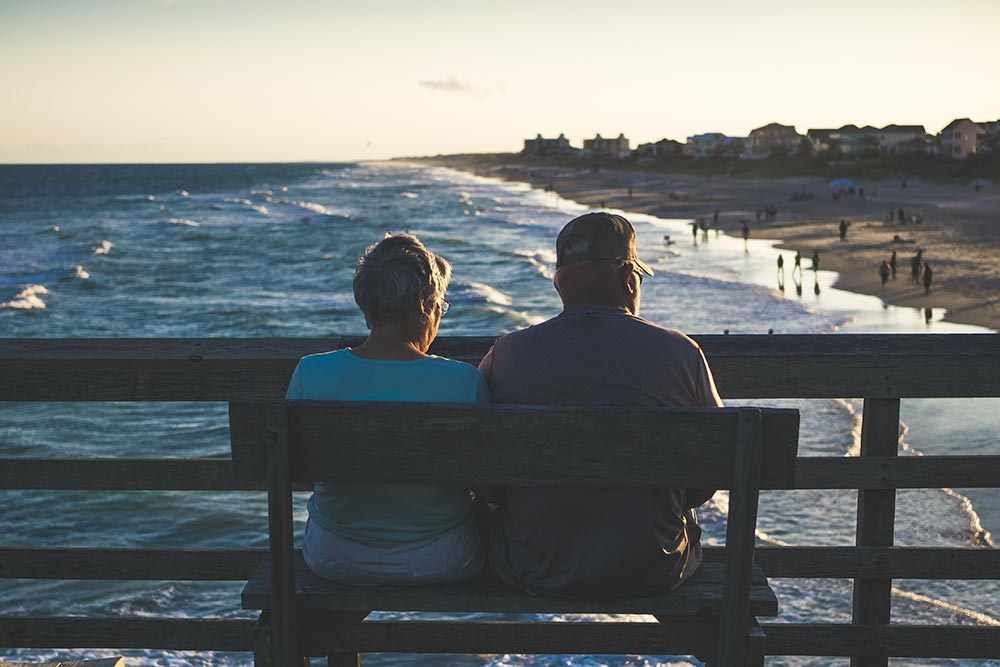




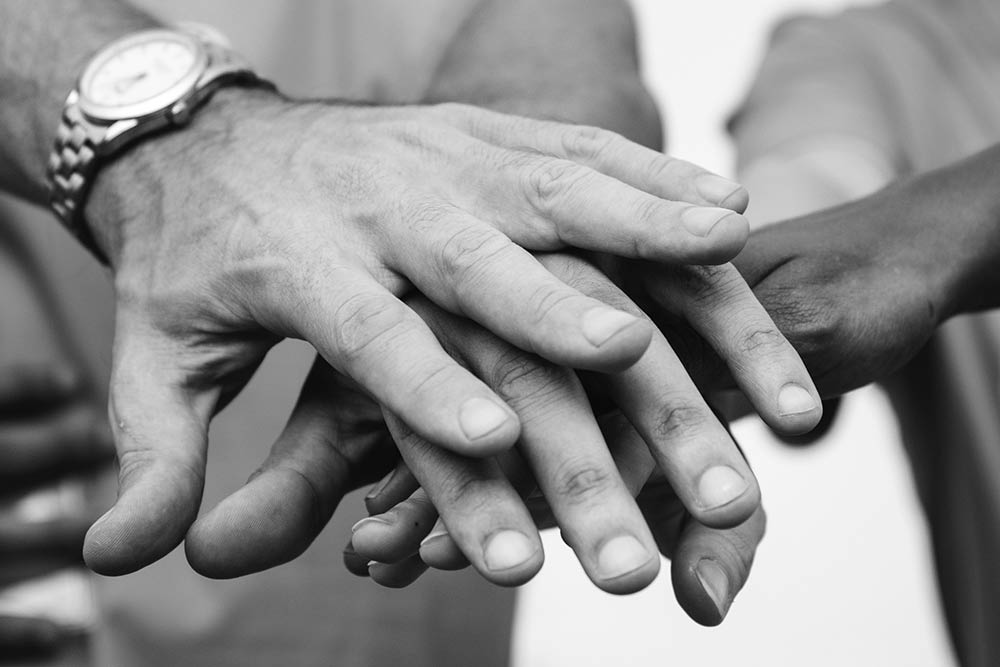

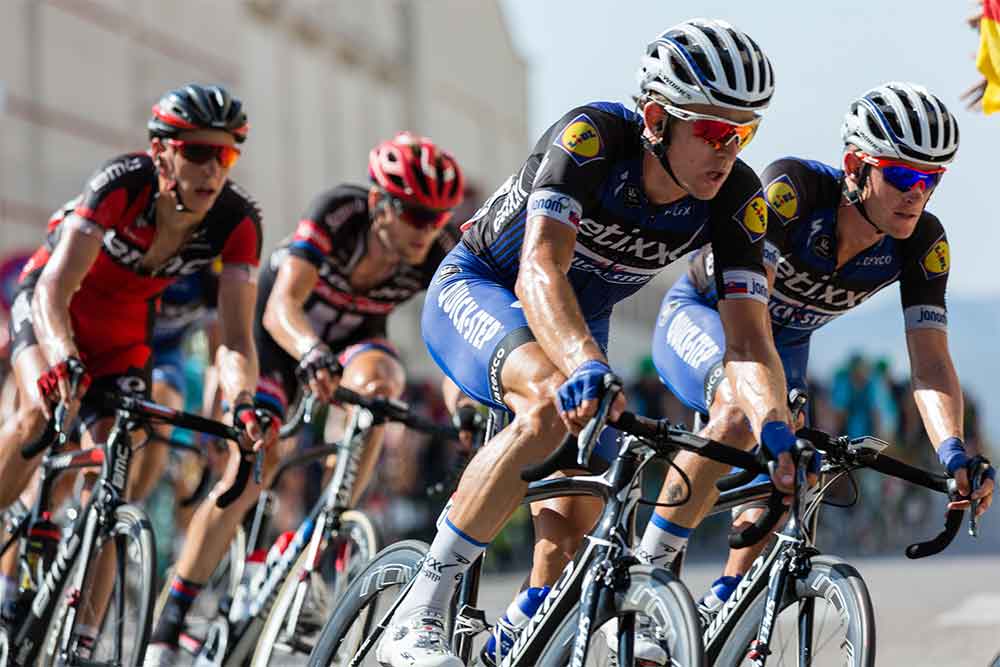





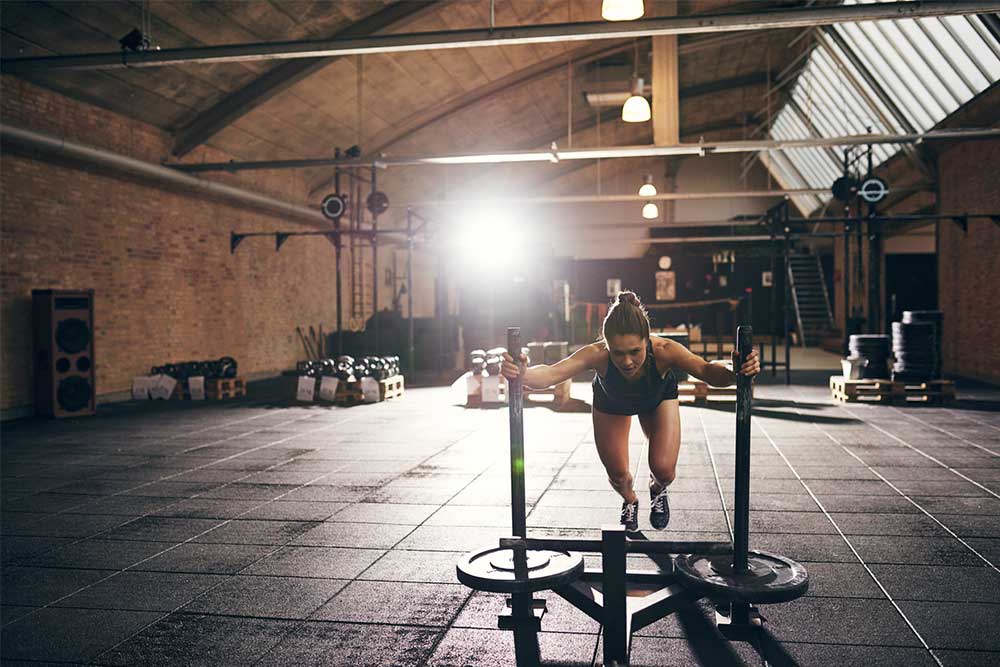





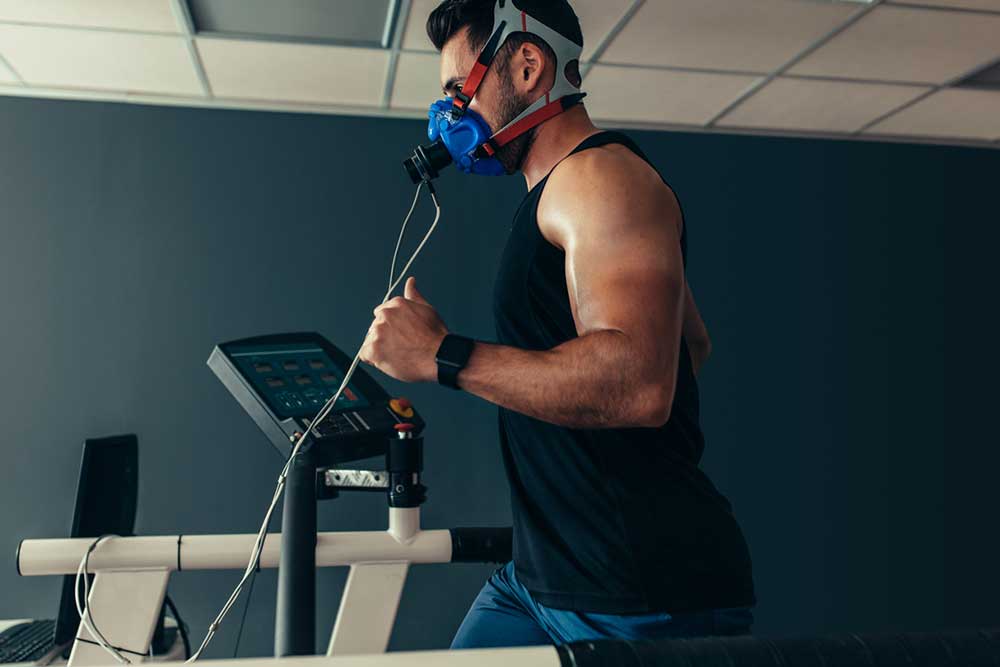

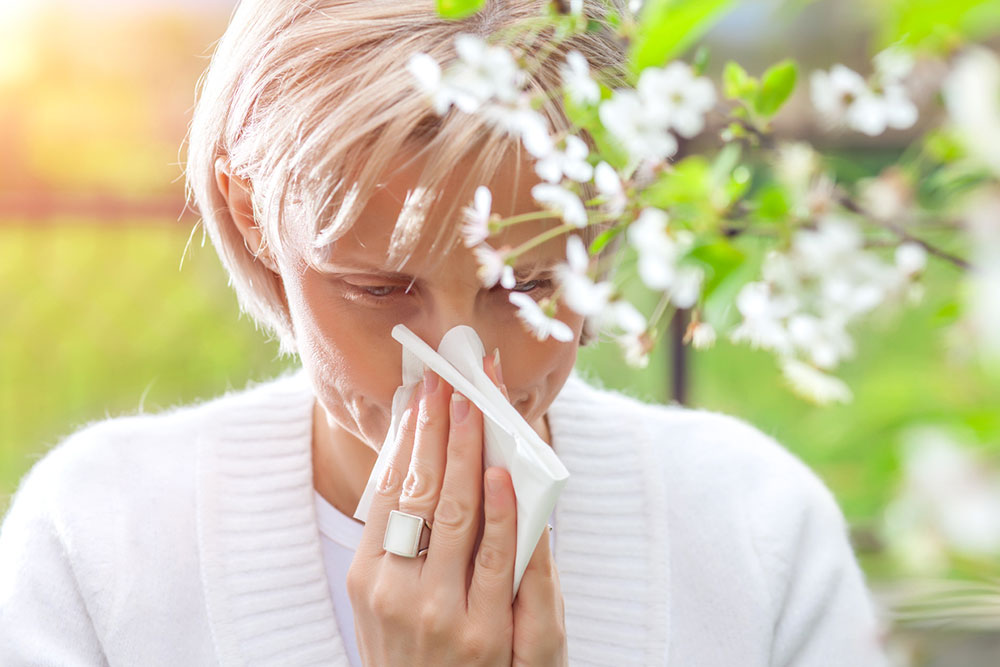
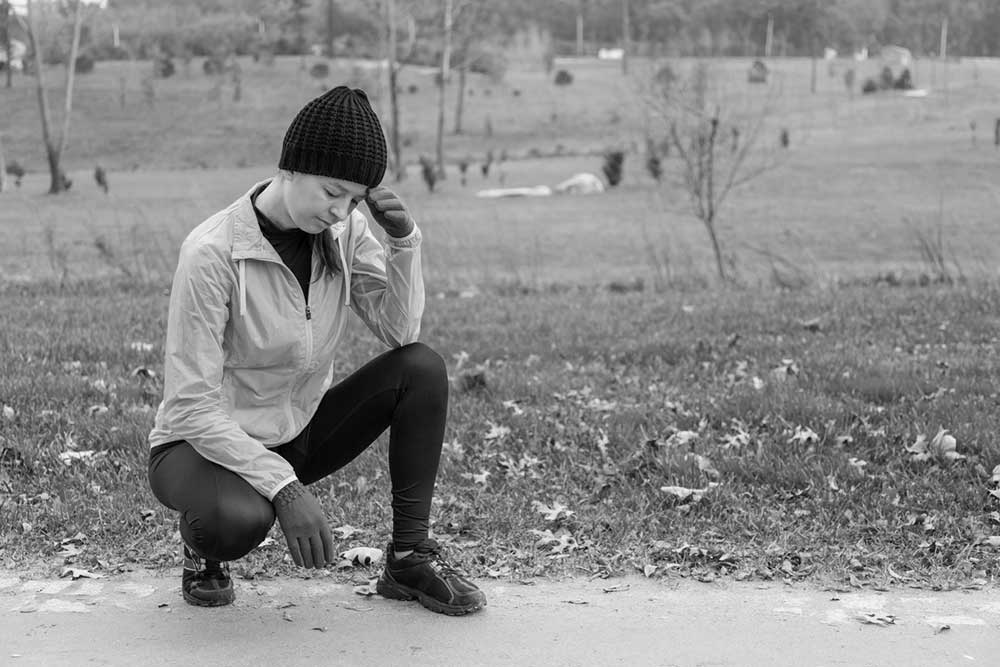
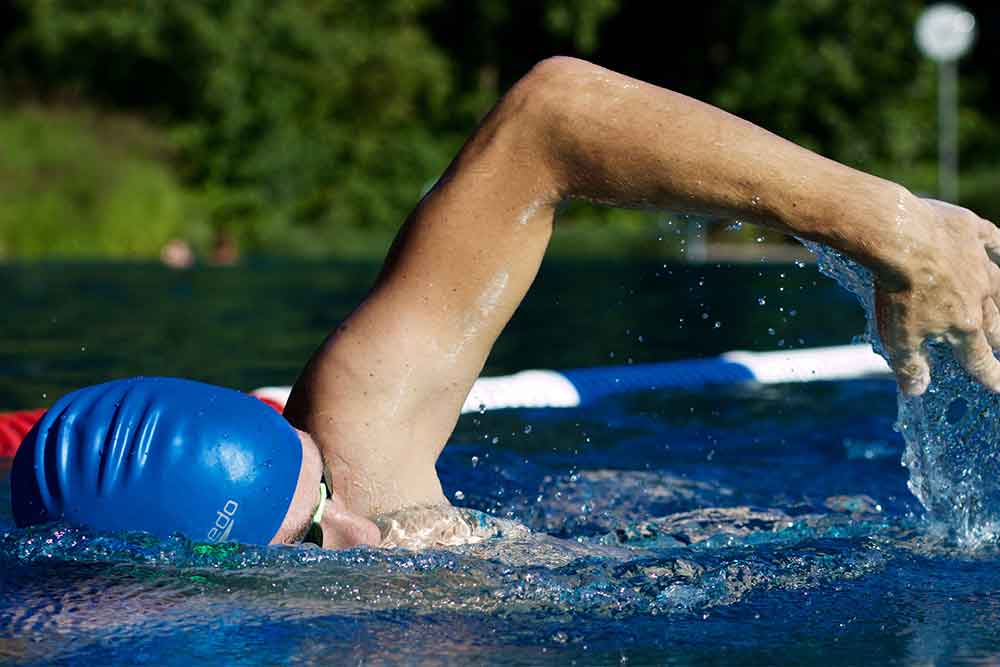

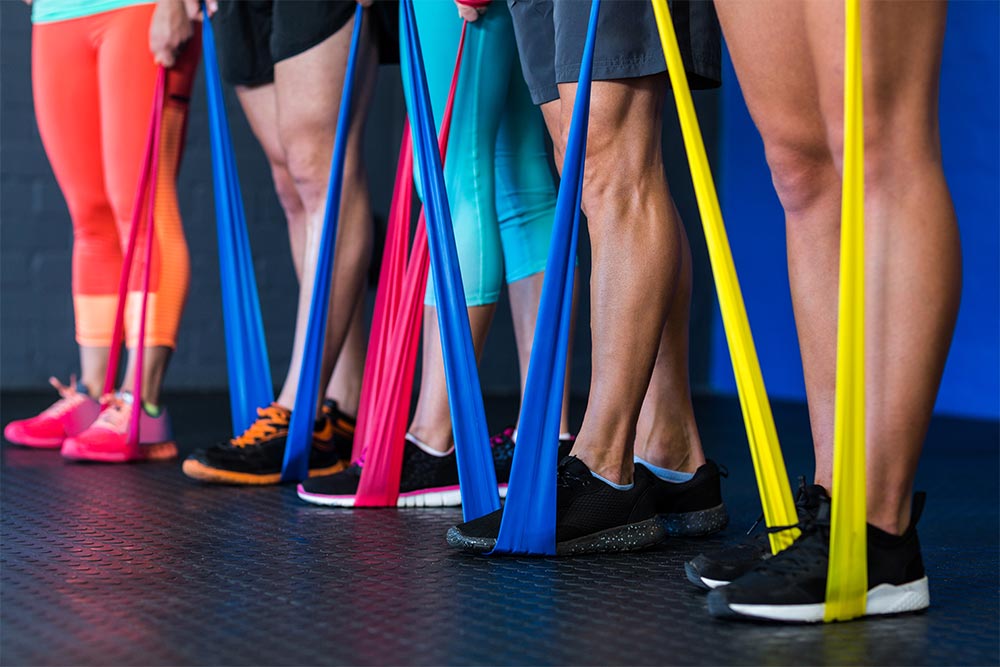
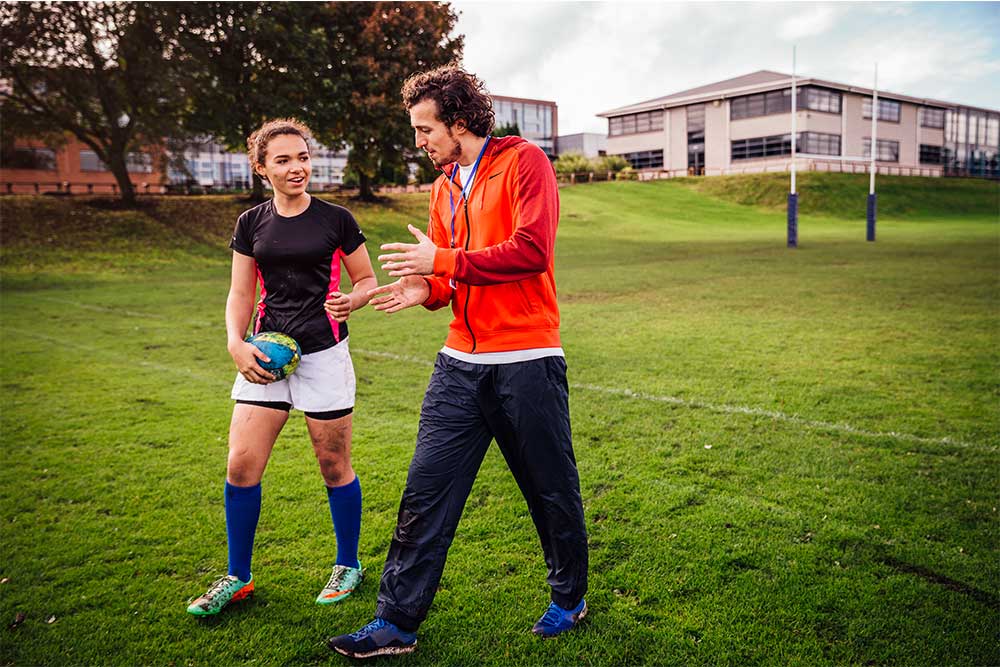
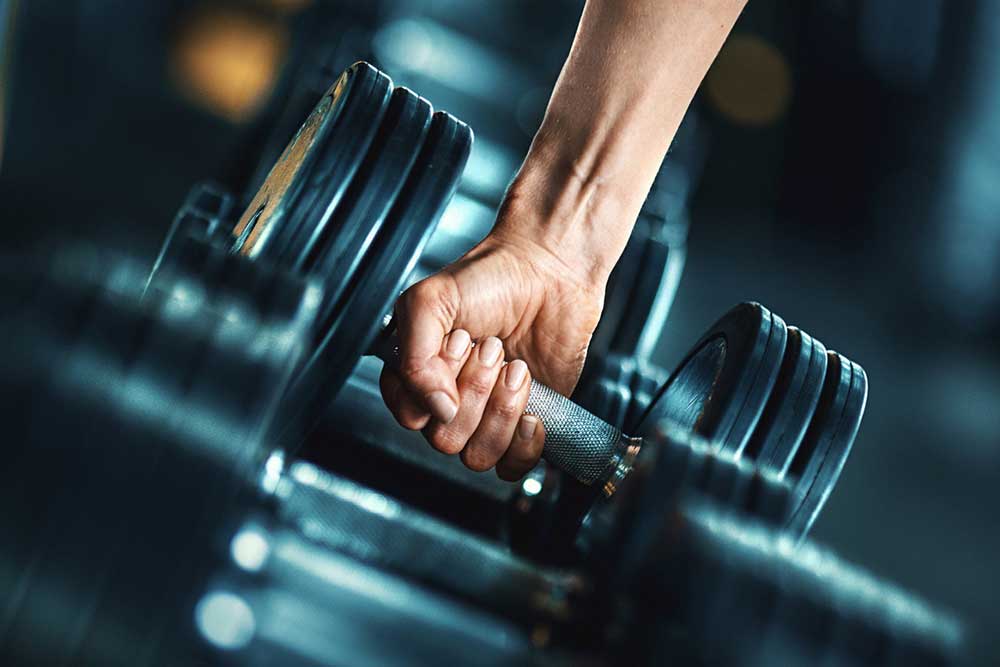


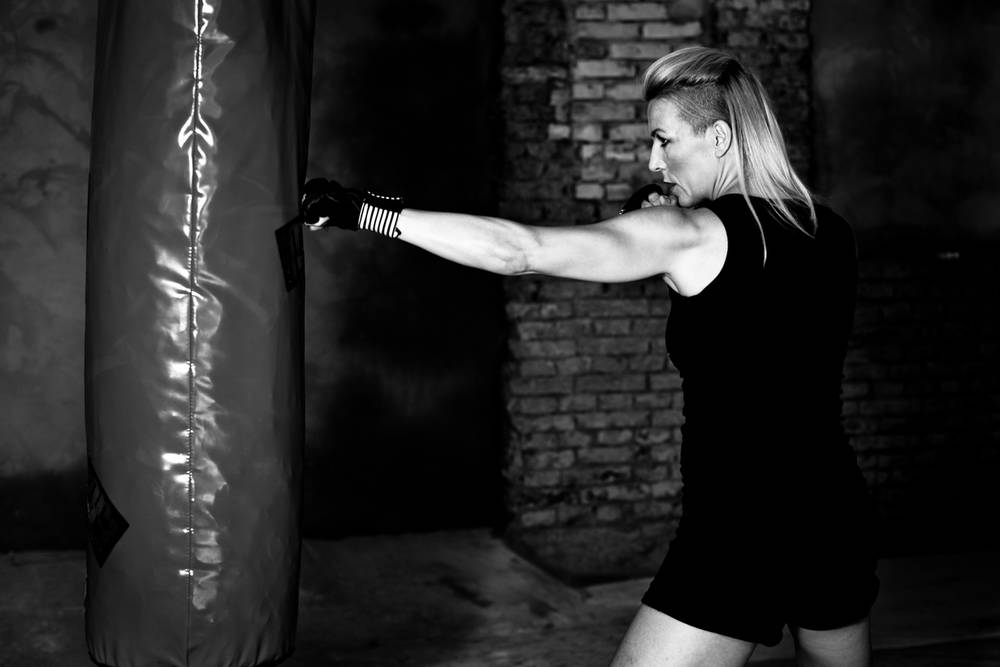
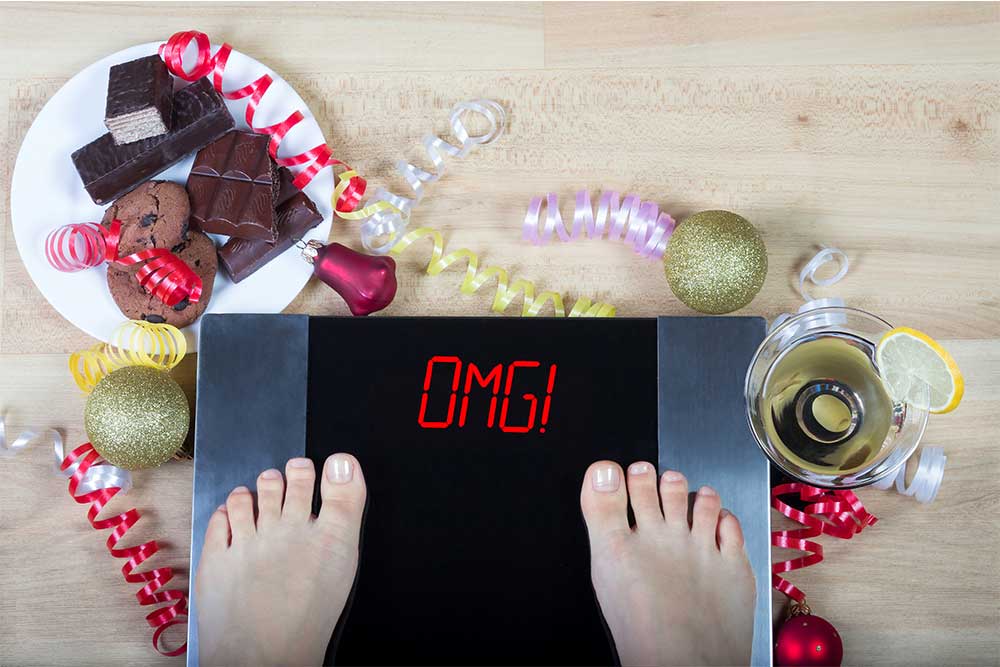


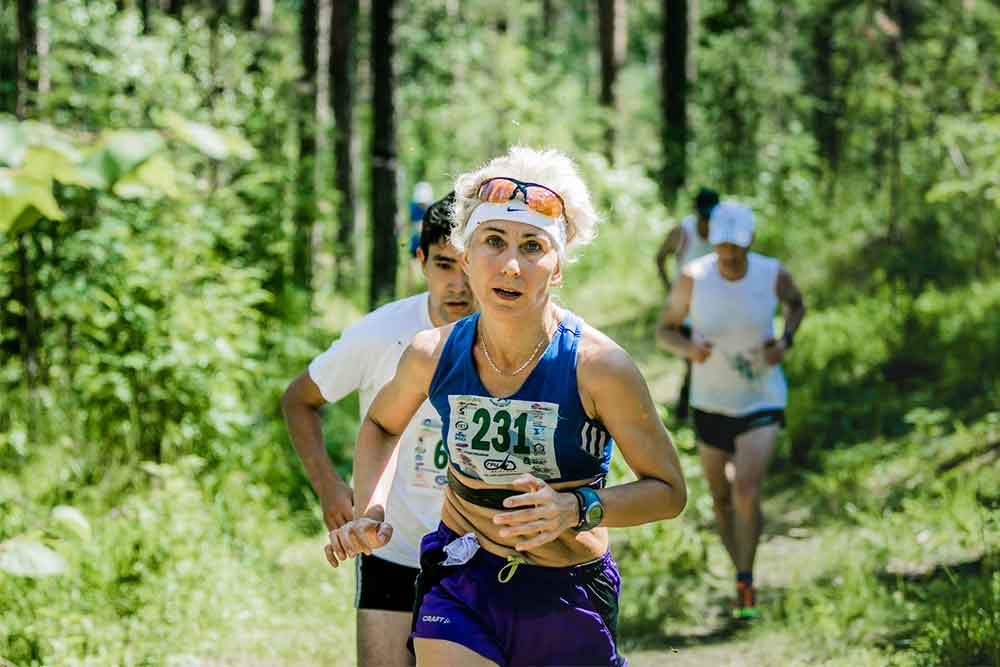
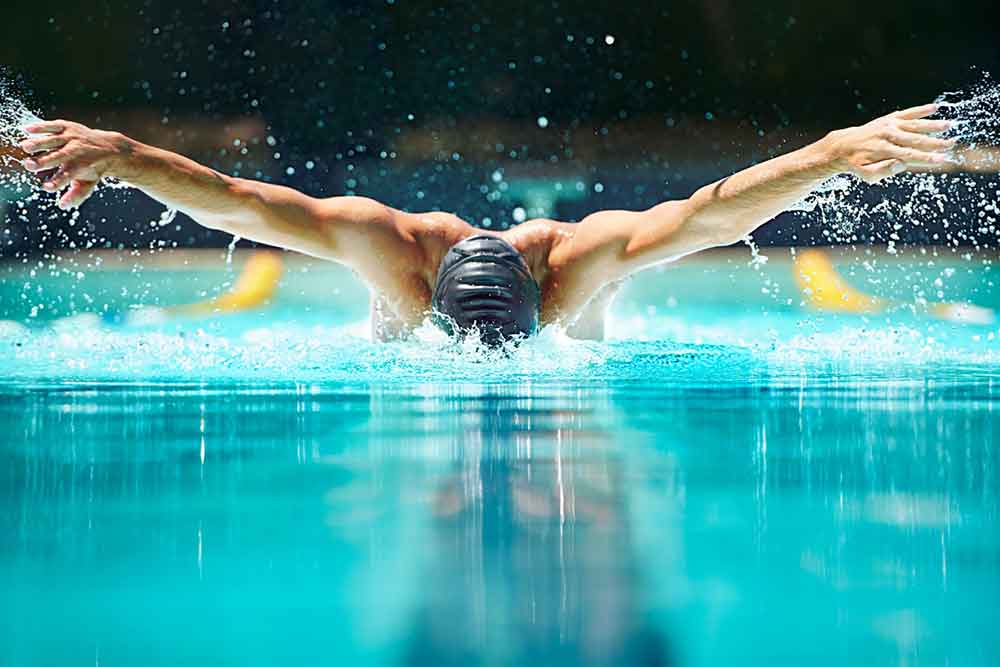



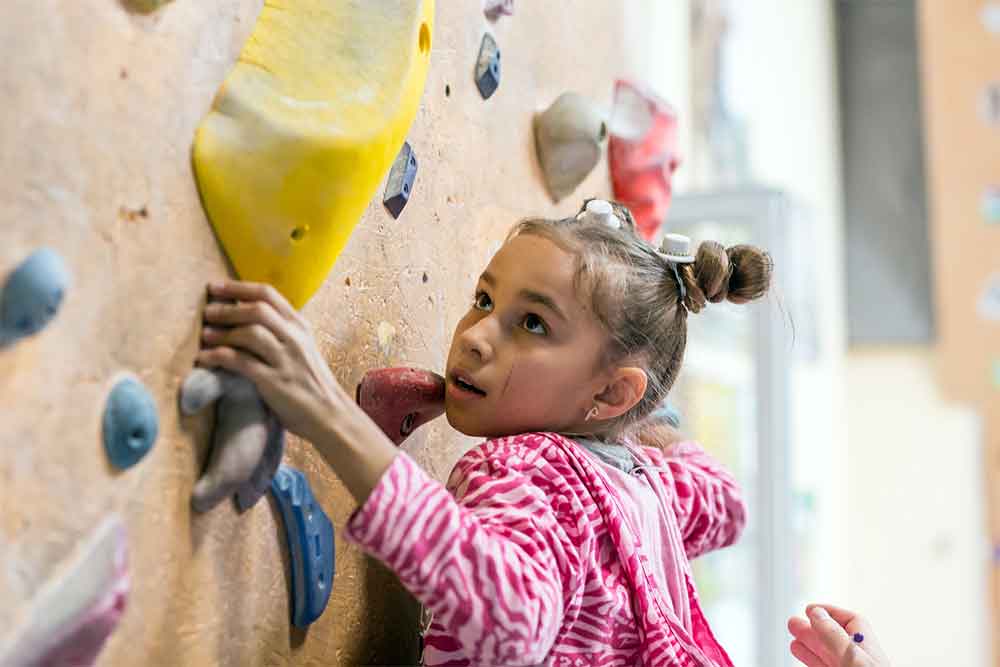





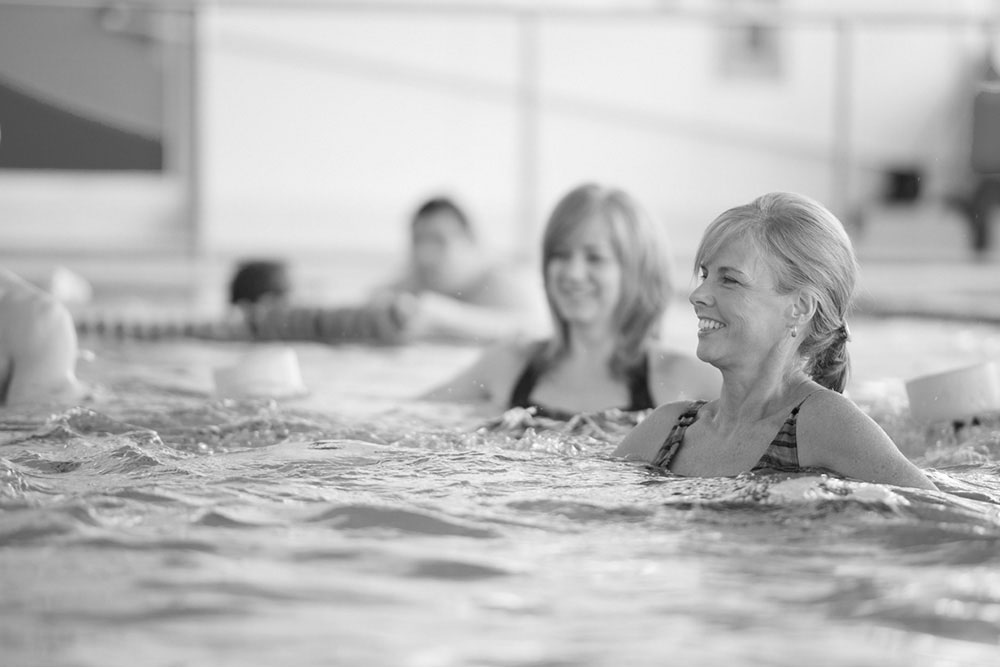




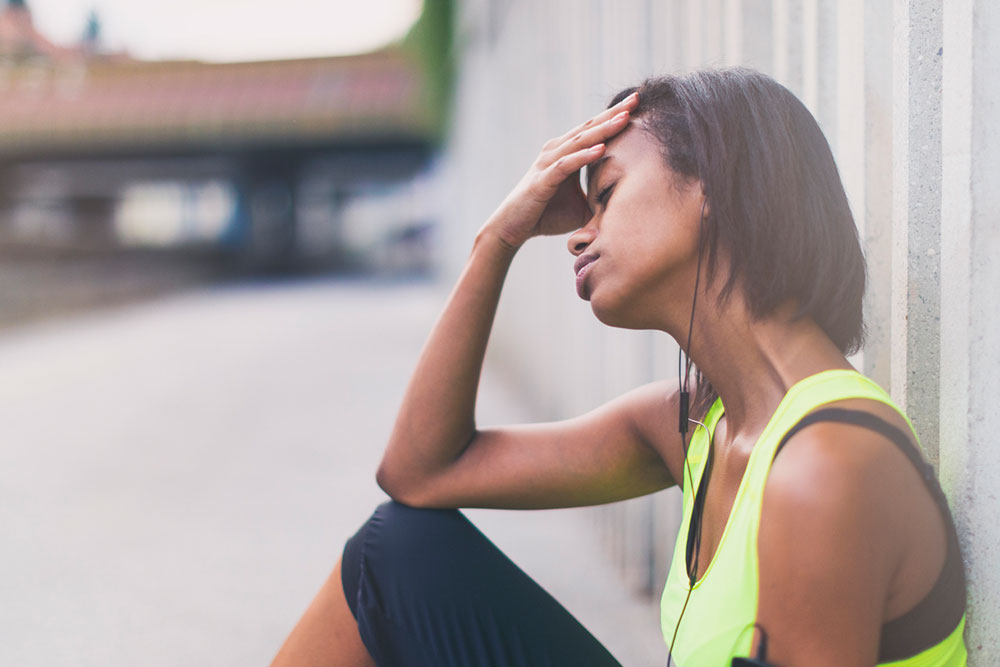

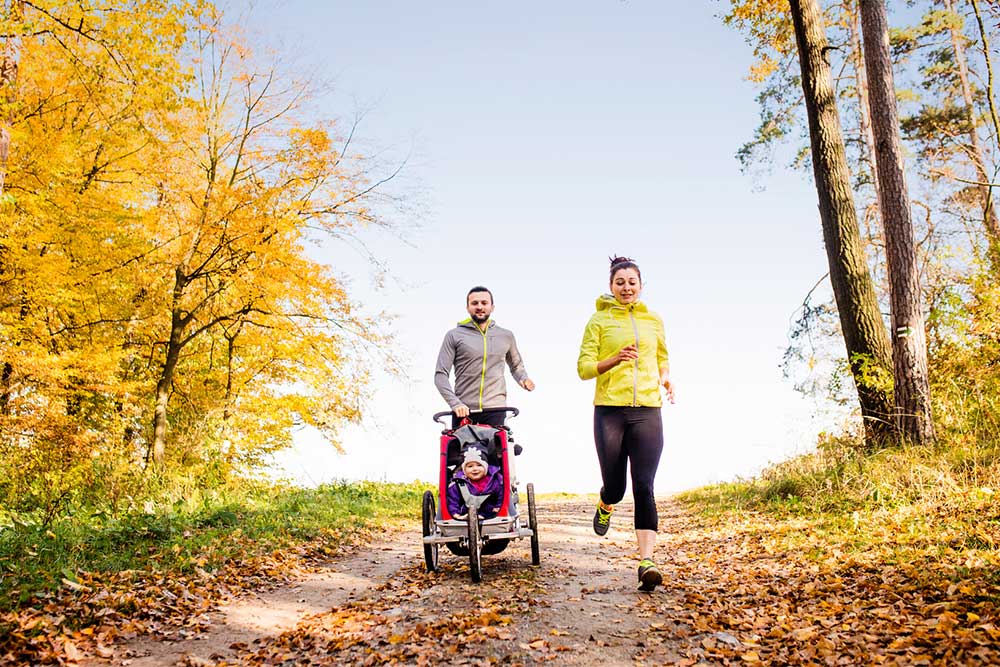
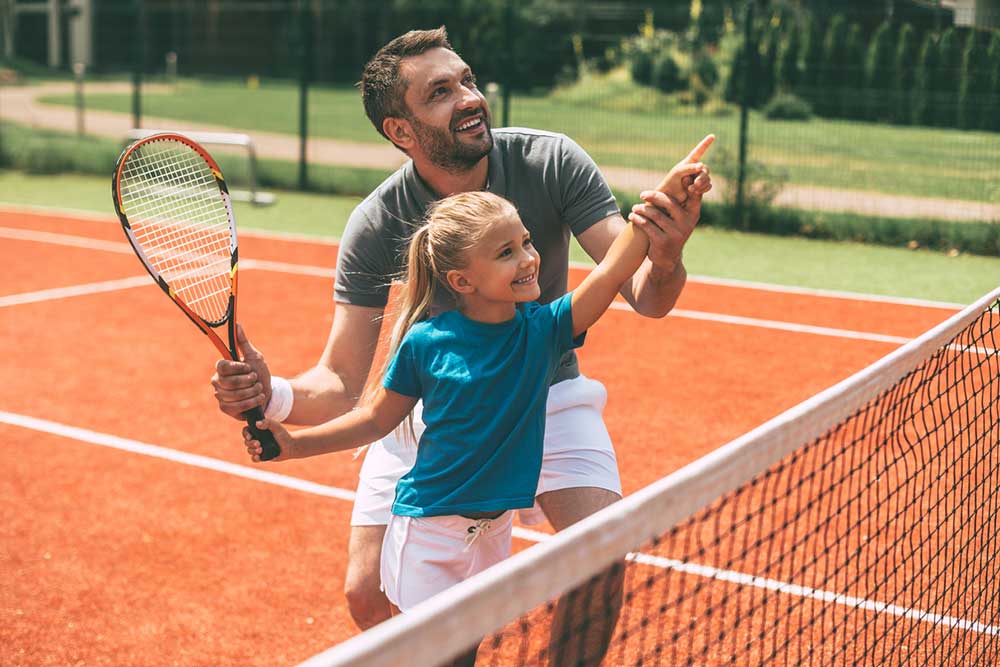

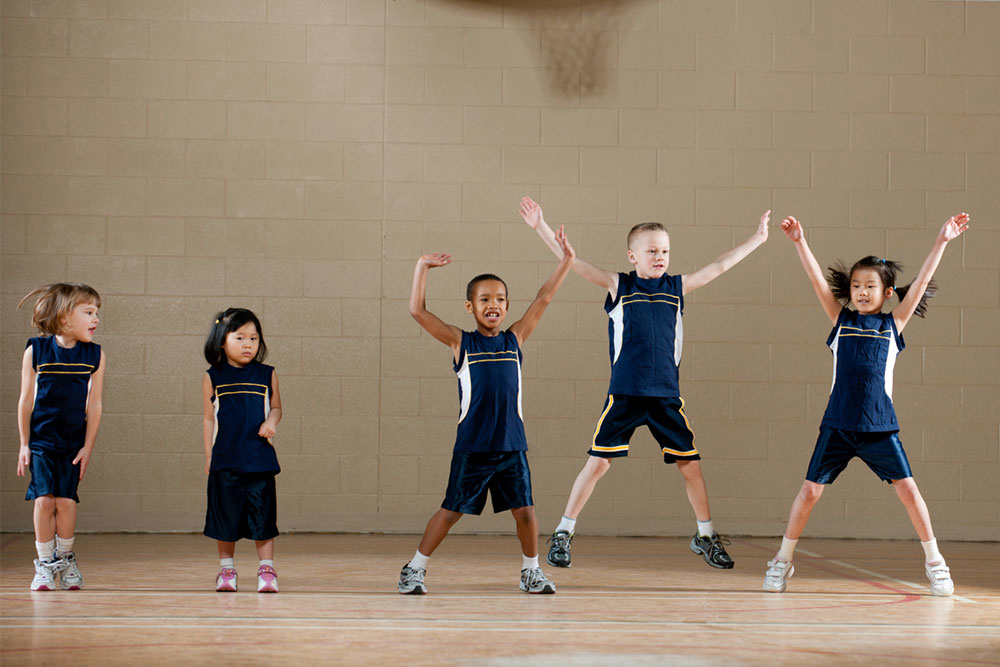



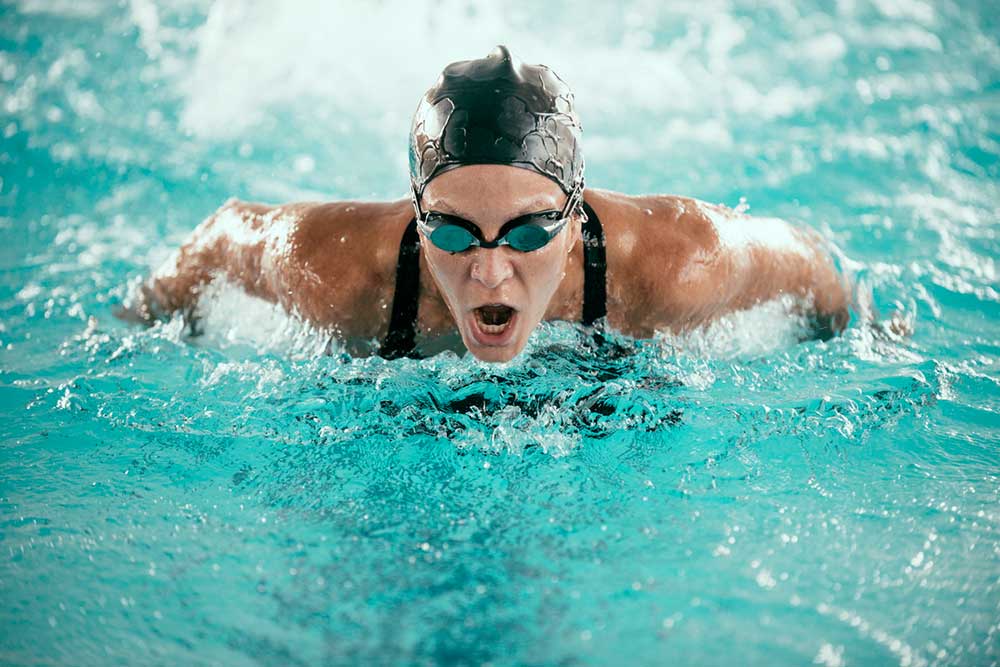



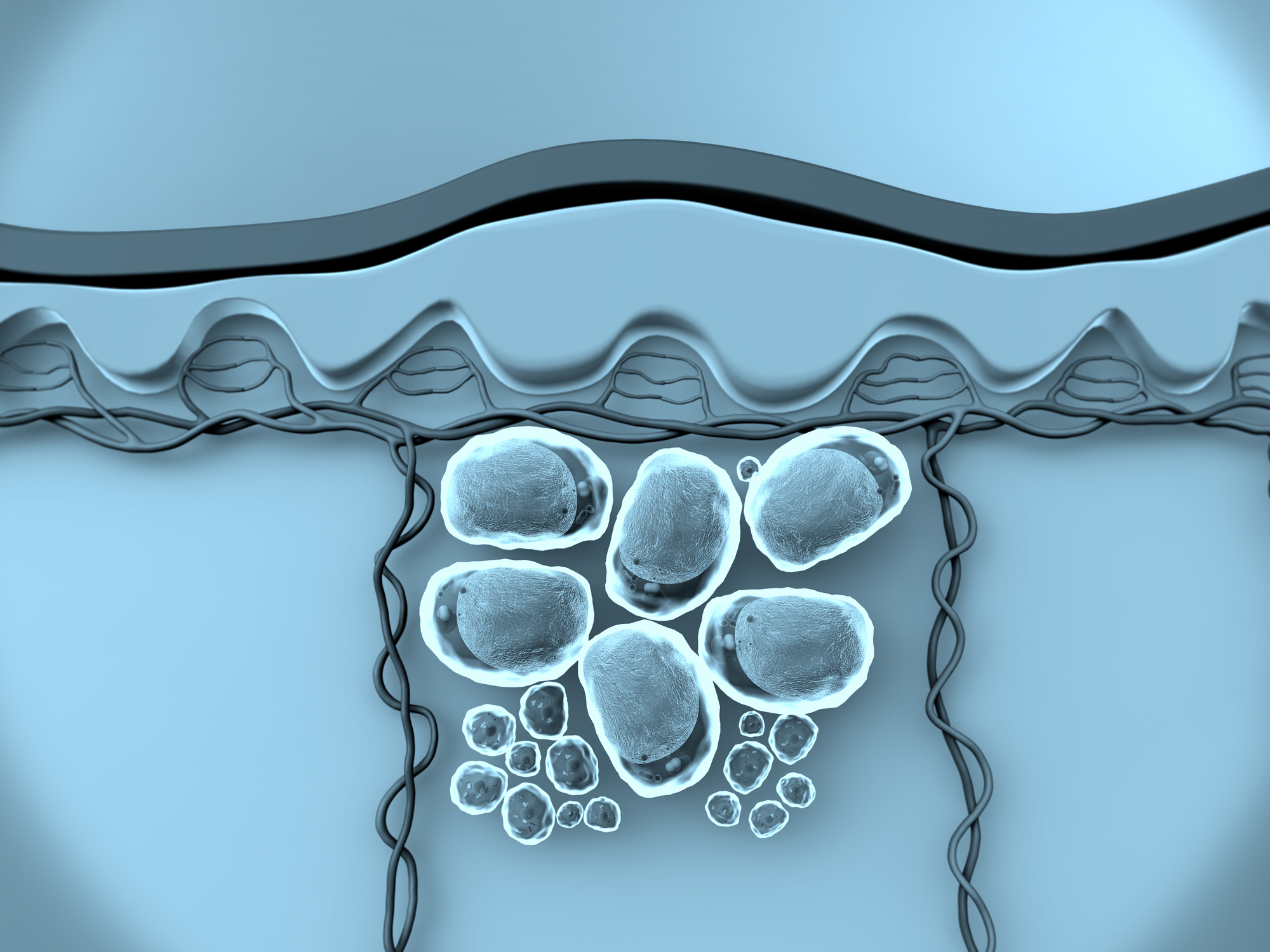
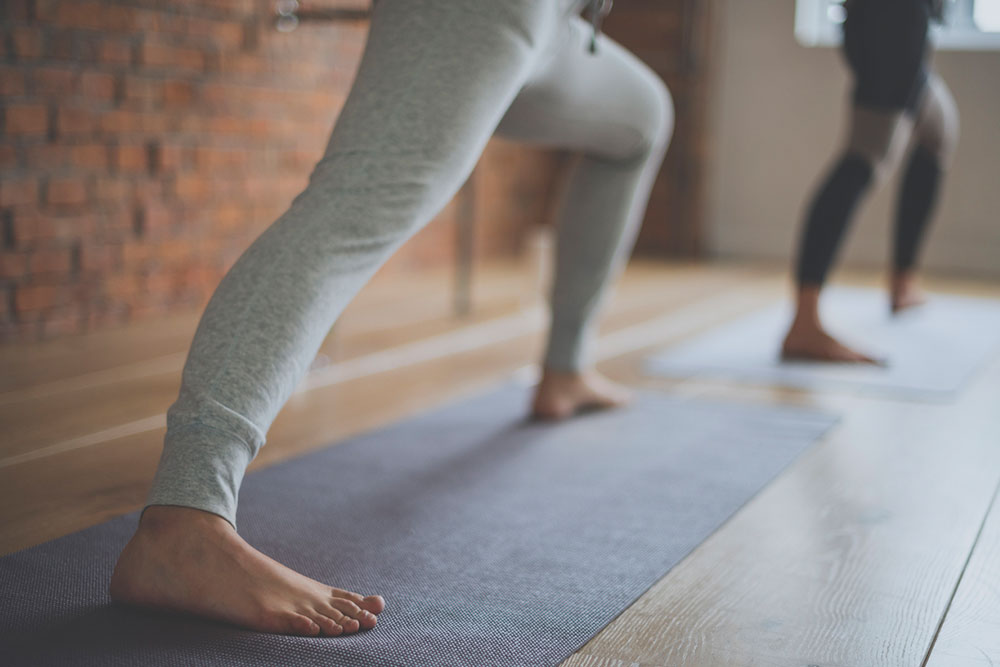
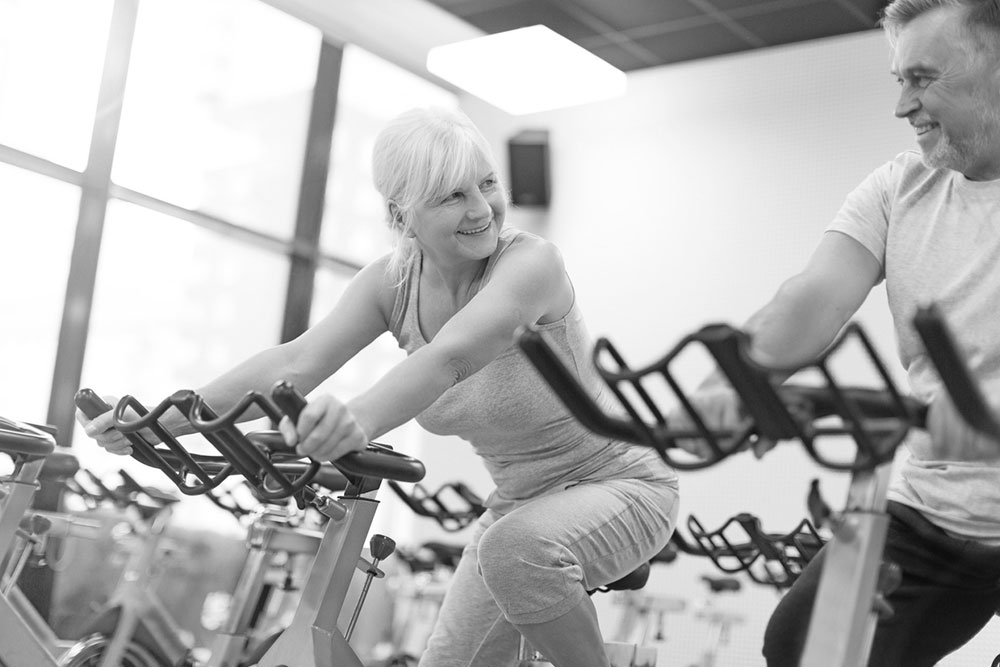

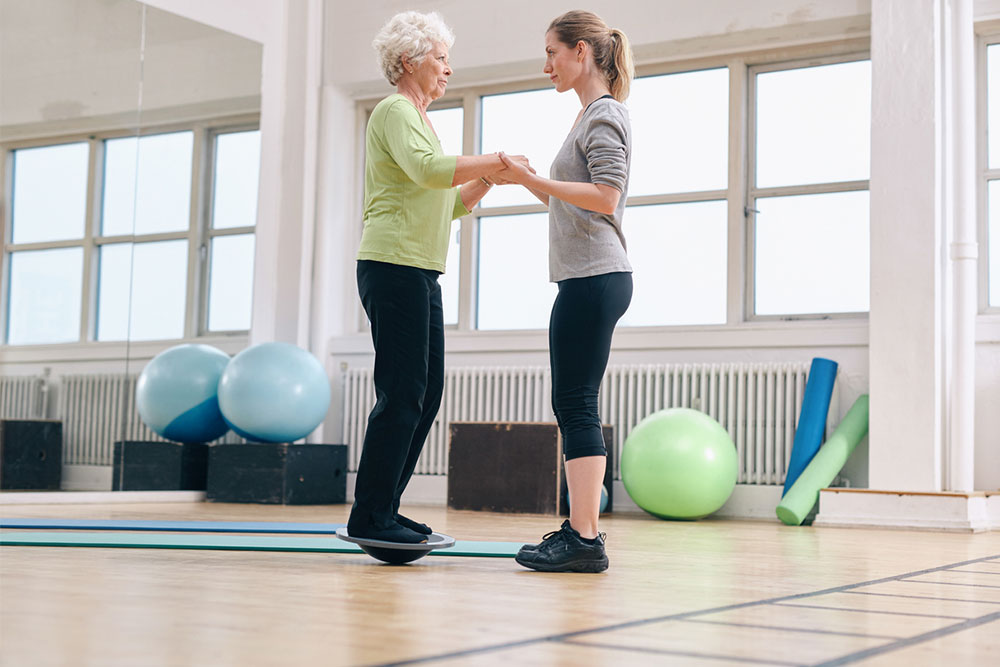

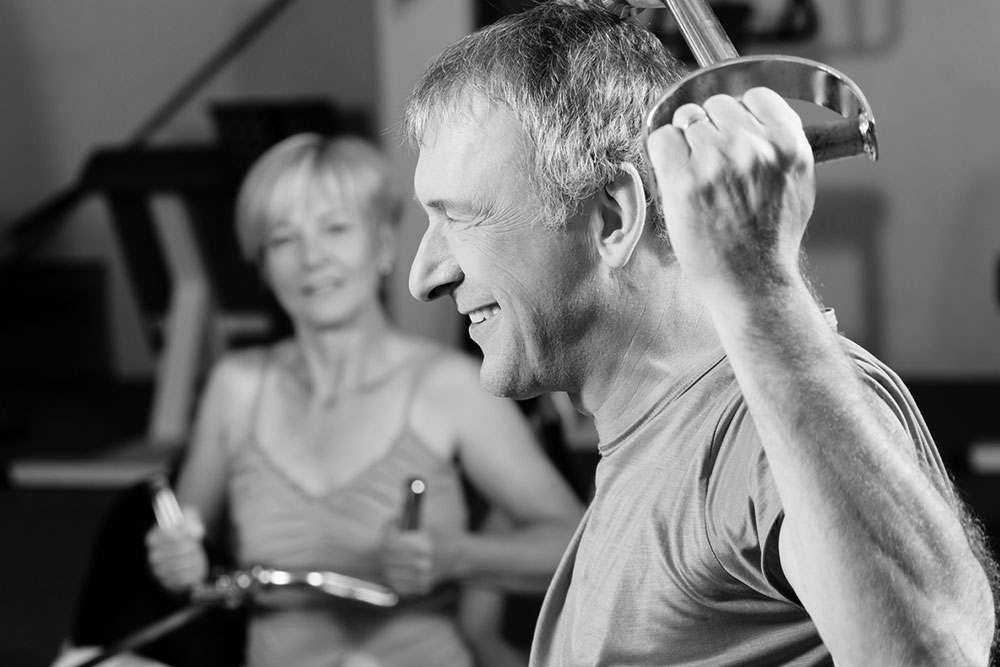

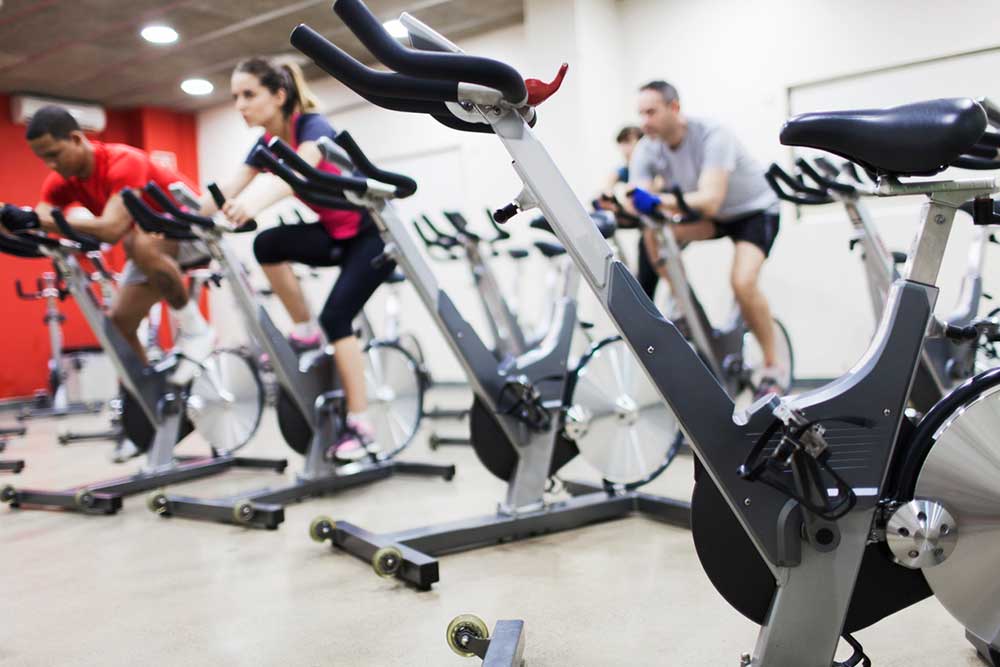
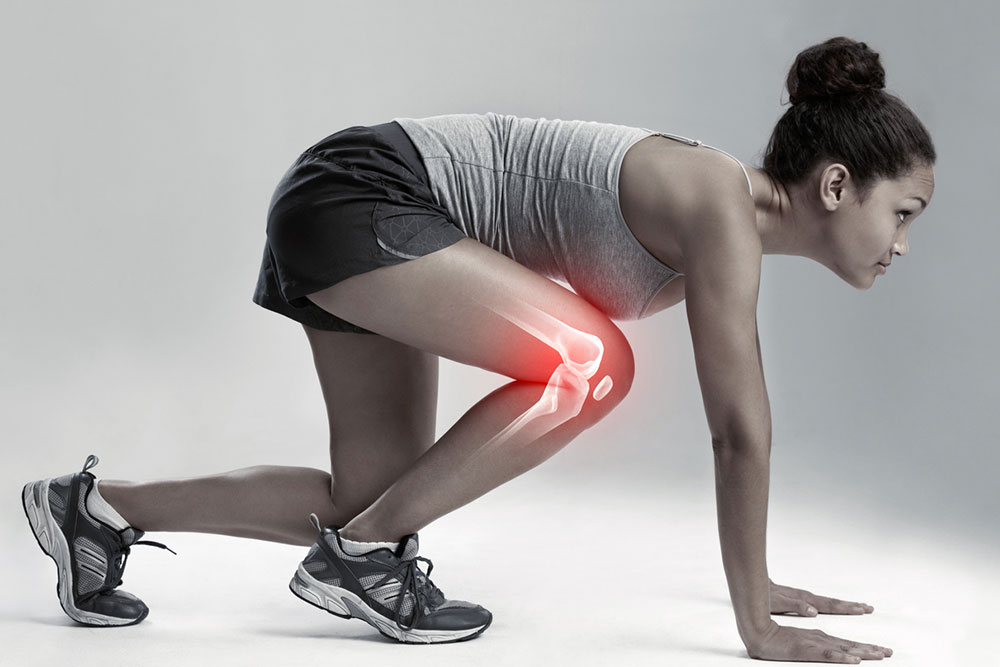

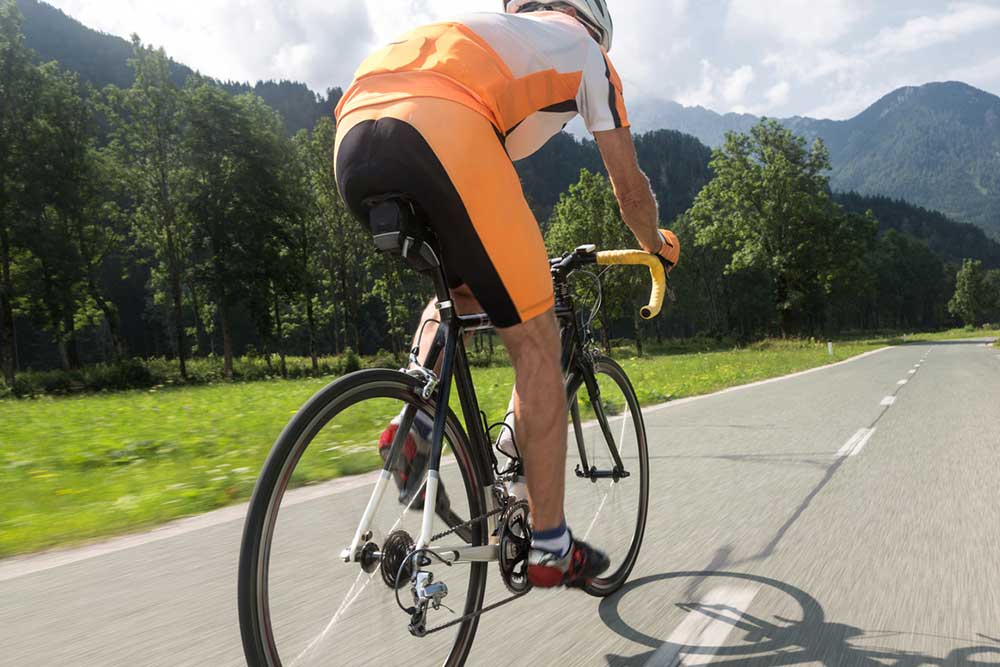


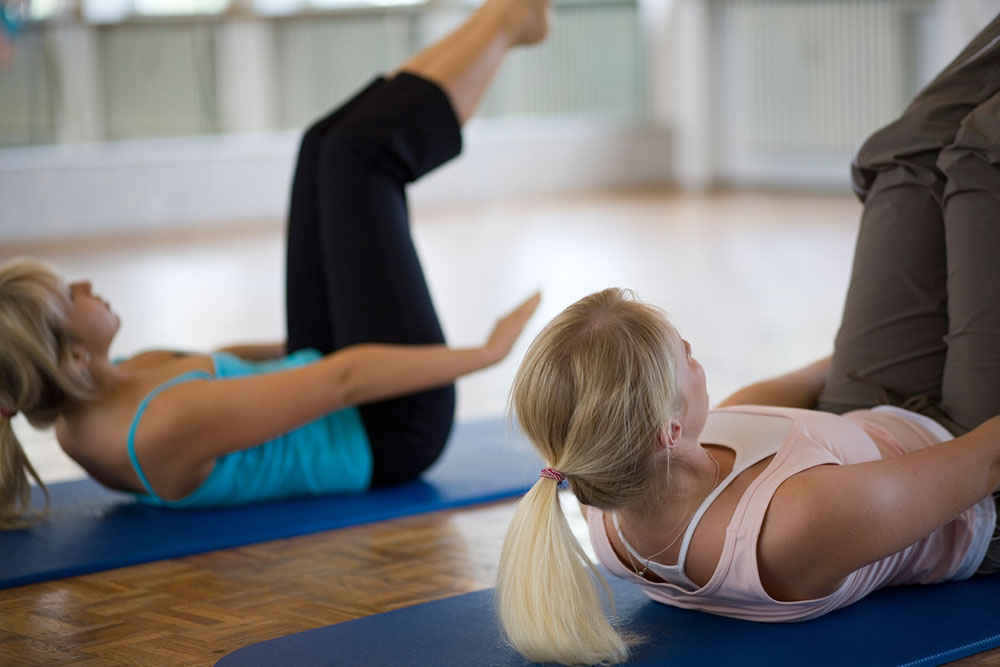



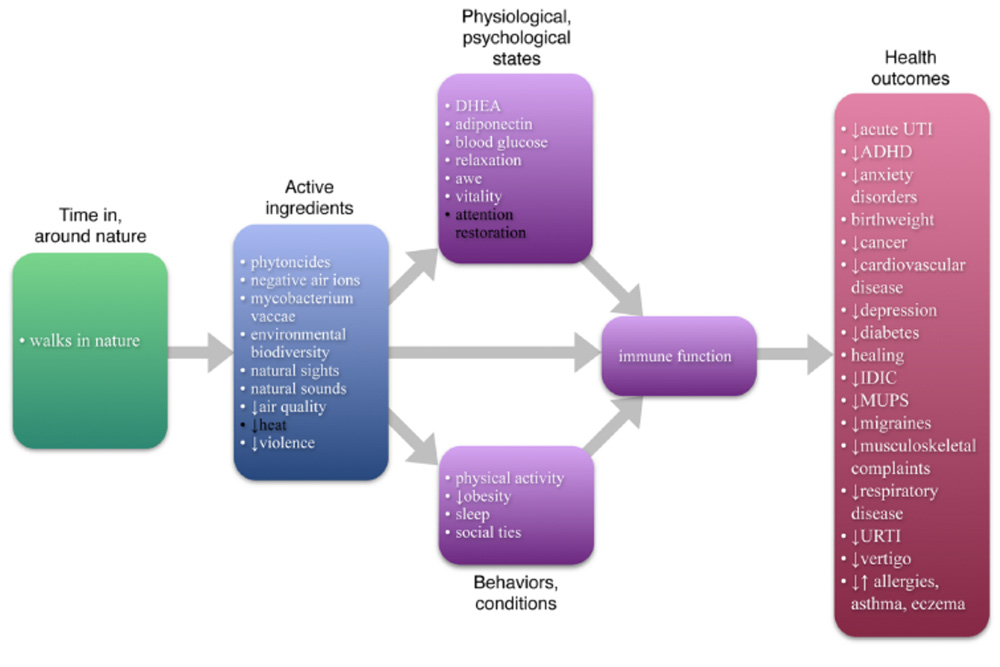


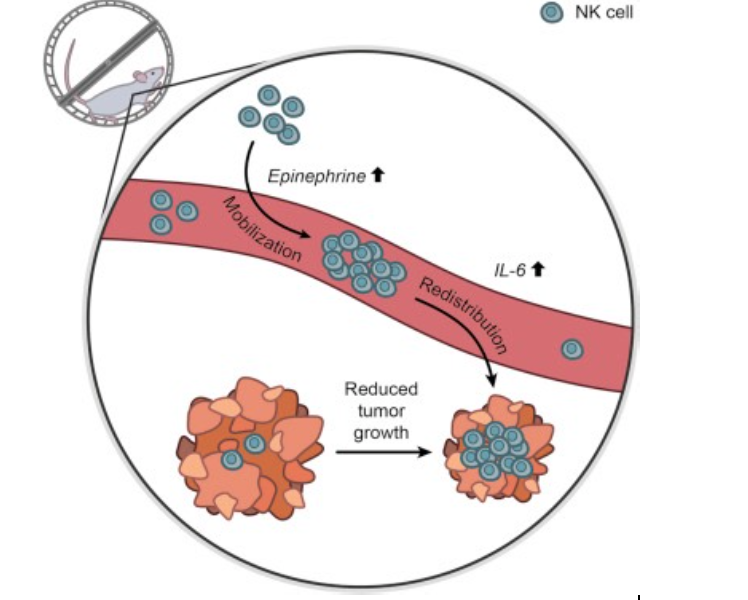


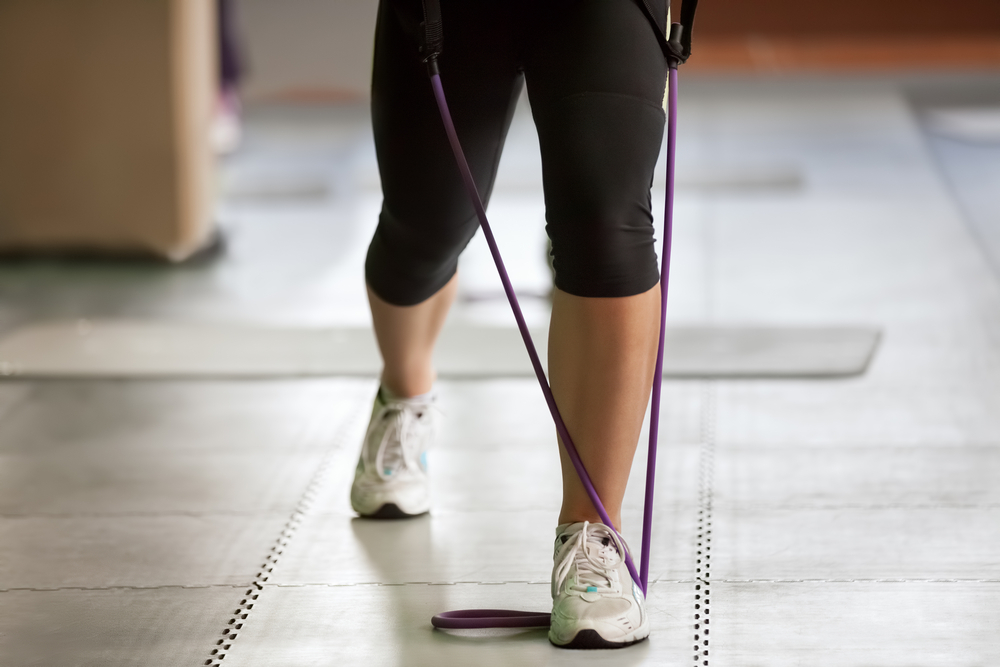
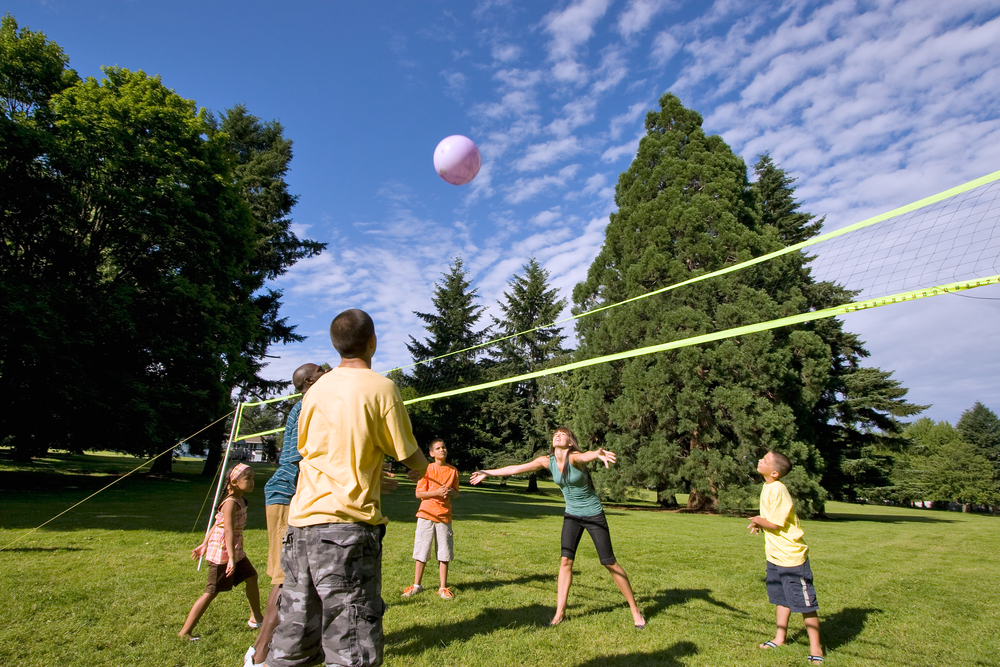
No comments:
Post a Comment